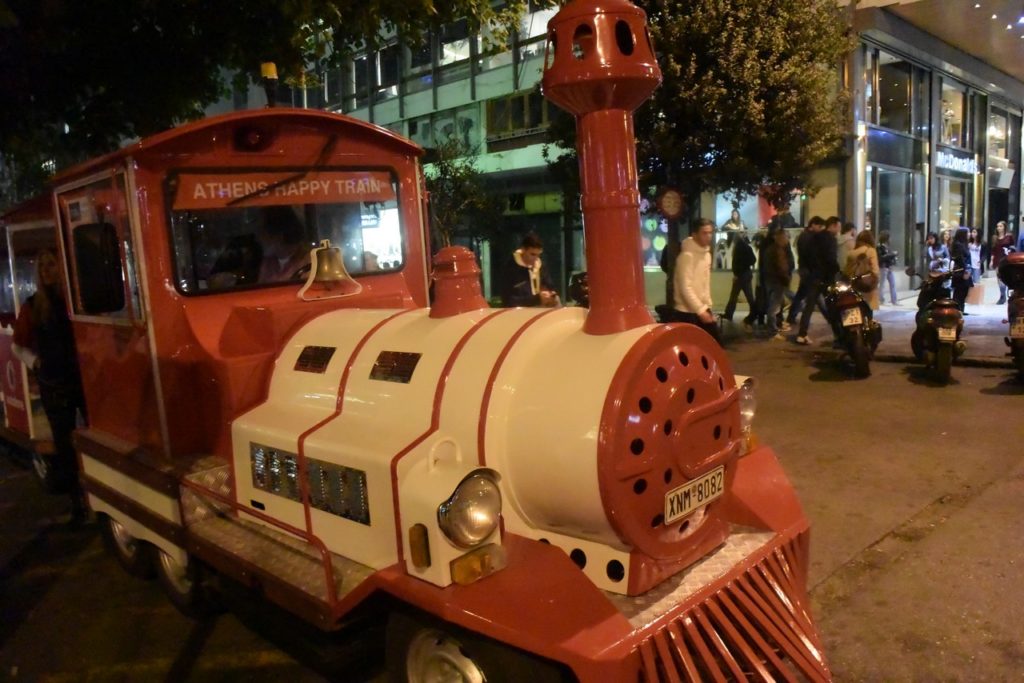The Athens Greece Travel Guide is part of the Trip Report Athens Marathon: The Original Course which includes the following cities:
- Toronto, Canada
- Detroit, Michigan
- London, England
- Athens, Greece
- Giza, Egypt
- Cairo, Egypt
- Luxor, Egypt
- Sharm el-Sheikh, Egypt
- Abu Dhabi, UAE
Click here for the picture preview.
Here is the Athens Travel Guide using the Guns & Butter methodology:
- A trip is composed of two factors: Labor And Lazy
- Anything on the line (Production Possibilities Frontier for my fellow economists) is an efficient use of your time depending on your tastes and preferences.
- Anything inside the line is inefficient as should be avoided.
- Anything outside is aspirational but may be impossible to do given the constraints of time and resources.
- The opportunity cost (what is given up) for relaxing and being Lazy is gained by being adventurous in the form of Labor and vice versa.
Introduction
I remember my 6th Grade teacher Mrs. Gramer who probably had early onset dementia because she would kick kids out of class and forget to bring them back in. When it happened to me and I left for lunch without her permission, I told her, “But Mrs. Gramer, you always forget things.” She wasn’t amused.
Anyhow, Mrs. Gramer taught us about the Cradle of Civilization in your boy’s homeland of Iraq, the journey of Cristobal Colon to the New World, and about the rise and fall of the Greek Empire. We all gazed in amazement as she showed us pictures of the Parthenon while she simultaneously looking for her lost spectacles. They were, as always, on top of her head.
Despite being one of the students from hell, I was excited to learn about Greek culture and hoped that one day I would be able to go to Greece. At that time my PanAm award miles was empty leaving me to wonder how I would get to Athens in a lie-flat seat.
The Athens Marathon
The opportunity finally came to visit Greece when I signed up for the Athens Marathon. It doesn’t get any more Labor intensive in regards to Guns & Butter than running a marathon. While my finishing time of 5:05 wasn’t my greatest achievement, I would still recommend the Athens Marathon to anyone looking to complete the Original Course, the route that Pheidippedes took to deliver the news of a Greek victory against the Persians from the city of Marathon to Athens.
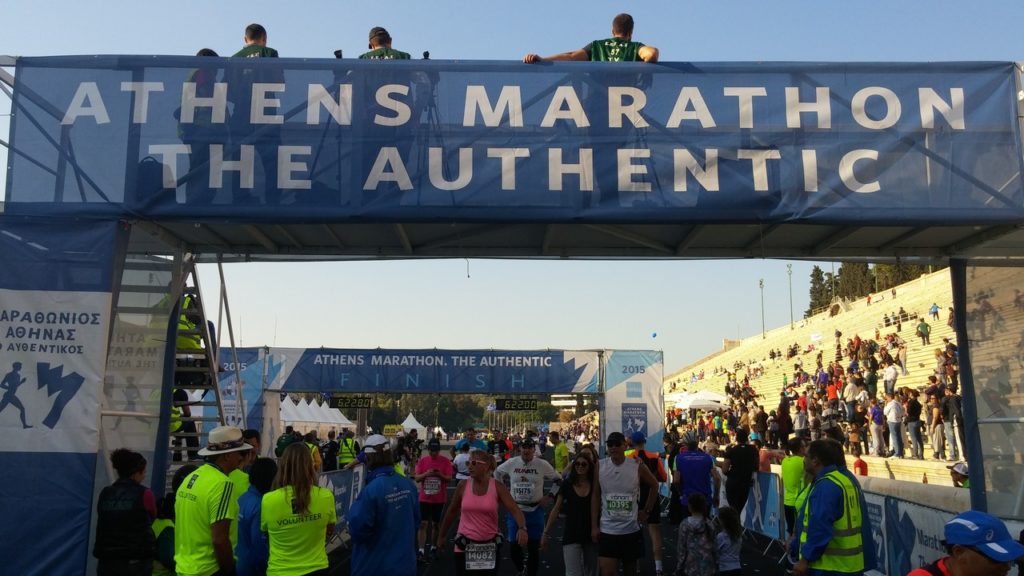
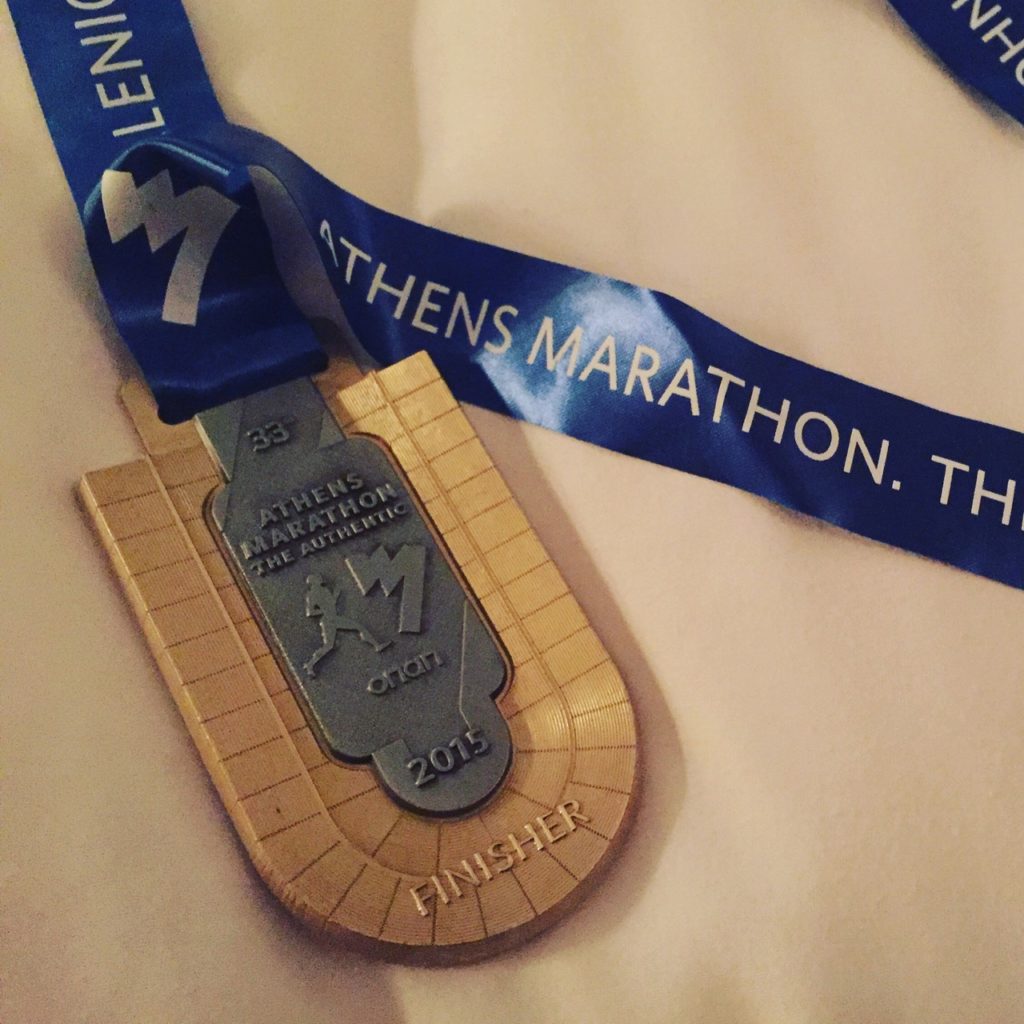
The Acropolis
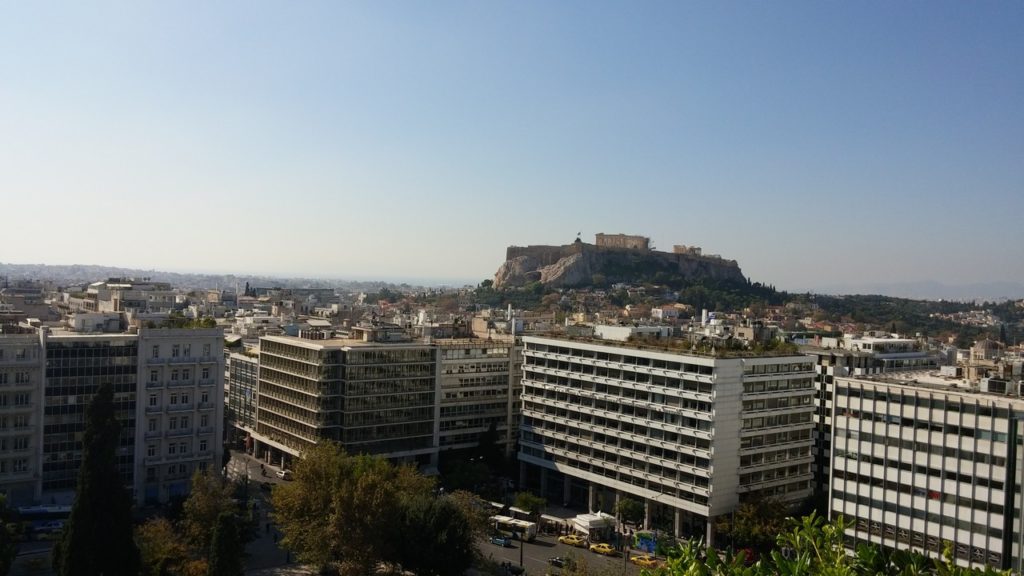
Mrs. Gramer would be very proud that I made it to the Acropolis. She wouldn’t be as impressed with my source for the definition of what the Acropolis is, an ancient citadel located on a high rocky outcrop above the city of Athens which contains the remains of several ancient buildings of great architectural and historic significance, the most famous being the Parthenon. (reference Wiki.)
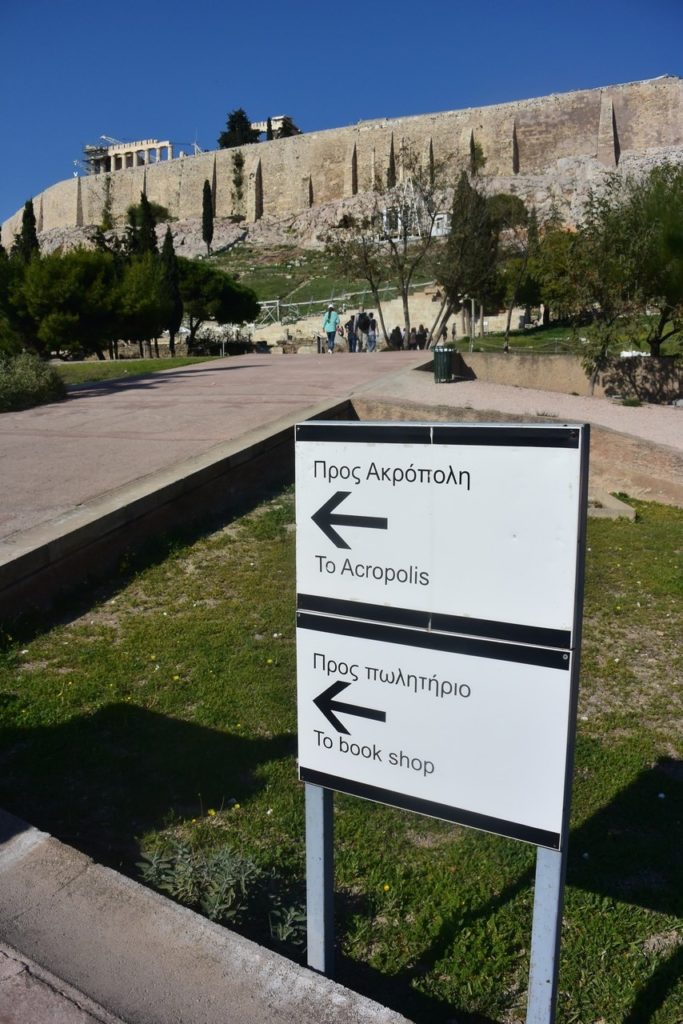
Theatre of Dionysus
On the way to the top, stop and admire the Theatre of Dionysus, the first theater in the world. Dionysus is the god of the grape harvest, winemaking and wine, of ritual madness, fertility, theatre and religious ecstasy in. (reference Wiki.) While I didn’t see any ritual madness going on, there were plenty of people climbing over each other to take photos.
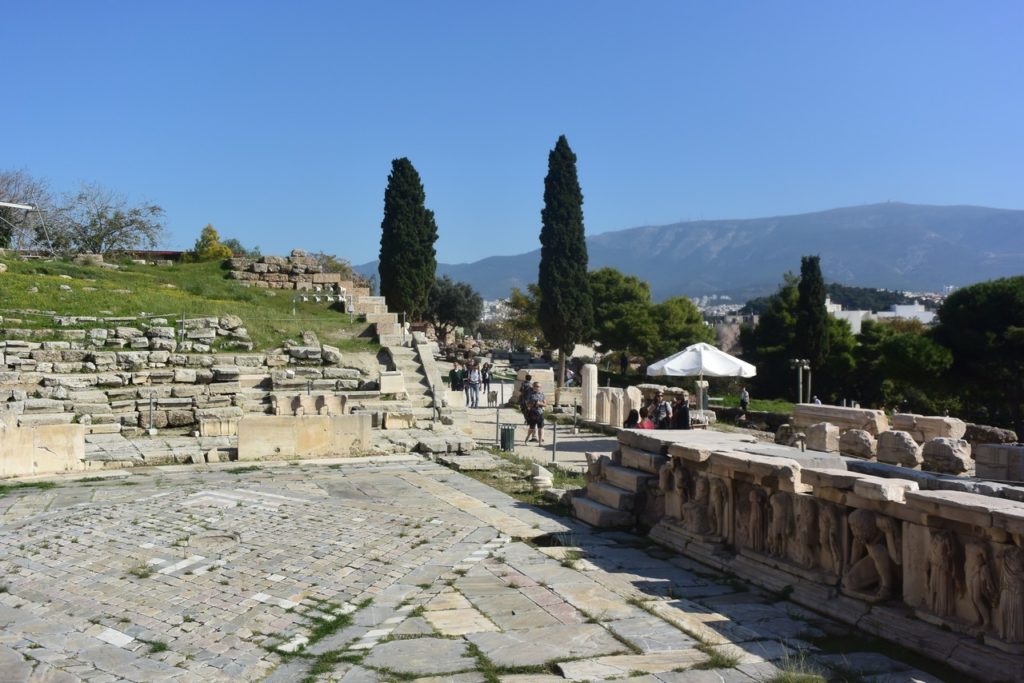
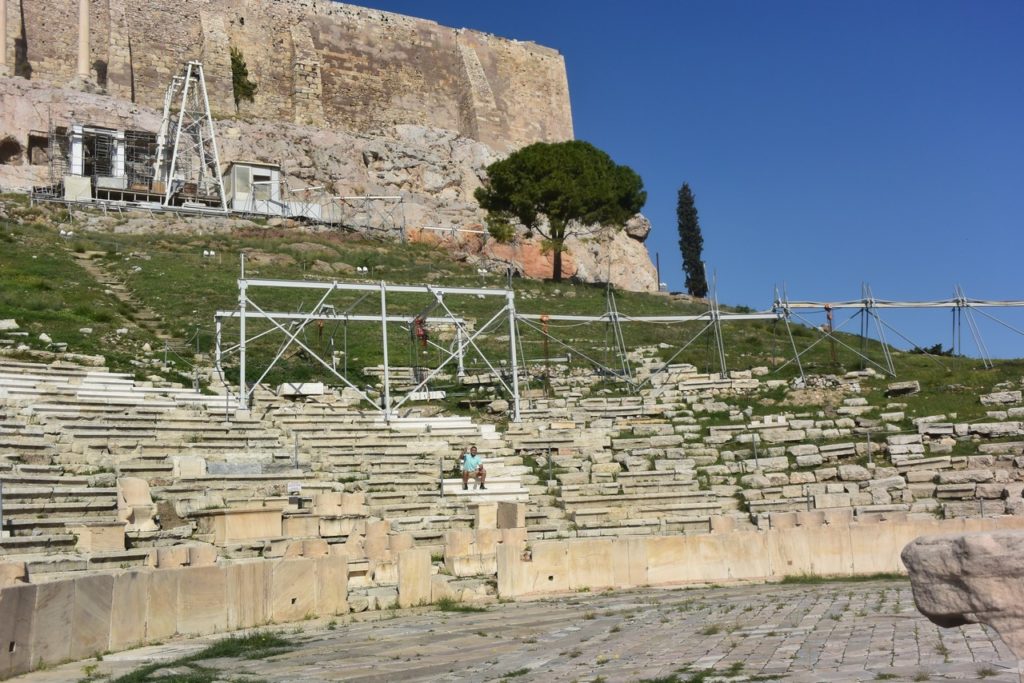
Odeon of Herodes Atticus
The Odeon of Herodes Atticus was built in 161 AD by the Athenian magnate Herodes Atticus in memory of his wife, Aspasia Annia Regilla (reference Wiki.) Today it is used as a concert venue and the site of the Athens Festival which celebrates Greek culture and history.
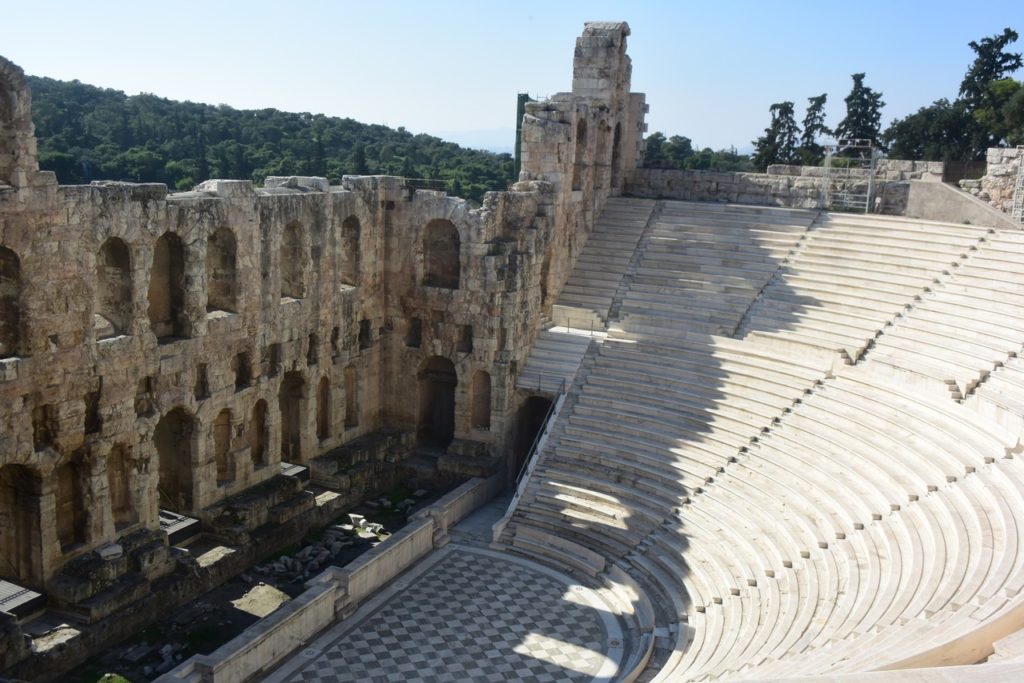
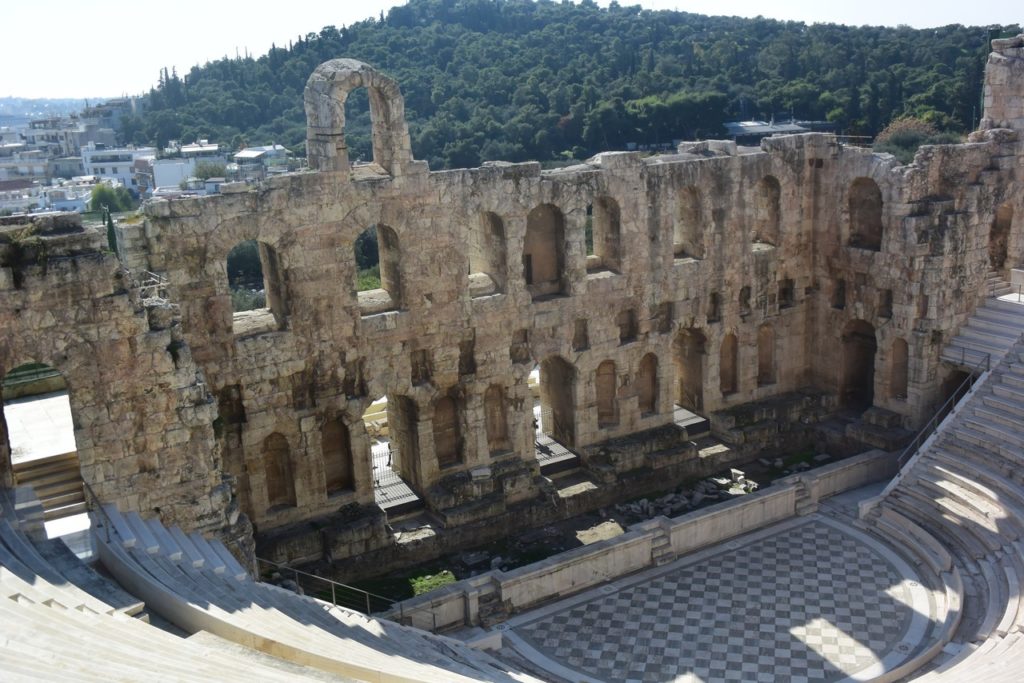
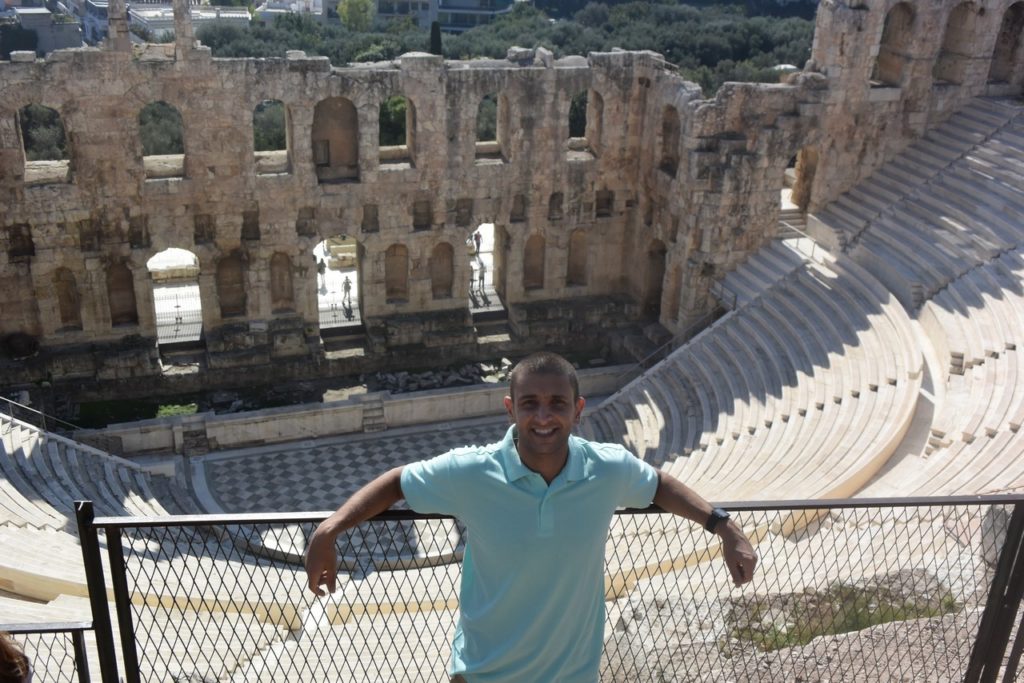
The Parthenon
The Parthenon is a former temple on the Athenian Acropolis. It is dedicated to the goddess Athena, whom the people of Athens considered their patron. Construction began in 447 BC when the Athenian Empire was at the peak of its power. (reference Wiki.) It was interesting to learn that the Parthenon wasn’t primarily used as a temple. Instead, historians believe that it was the original Fort Knox, safeguarding the gold of the Greek Empire.
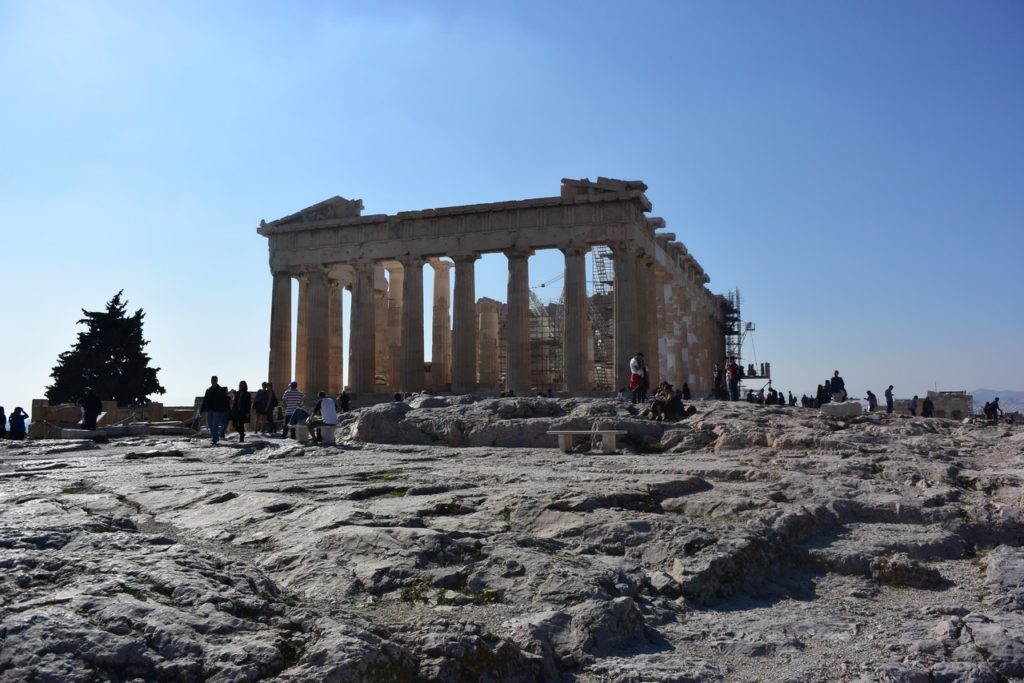
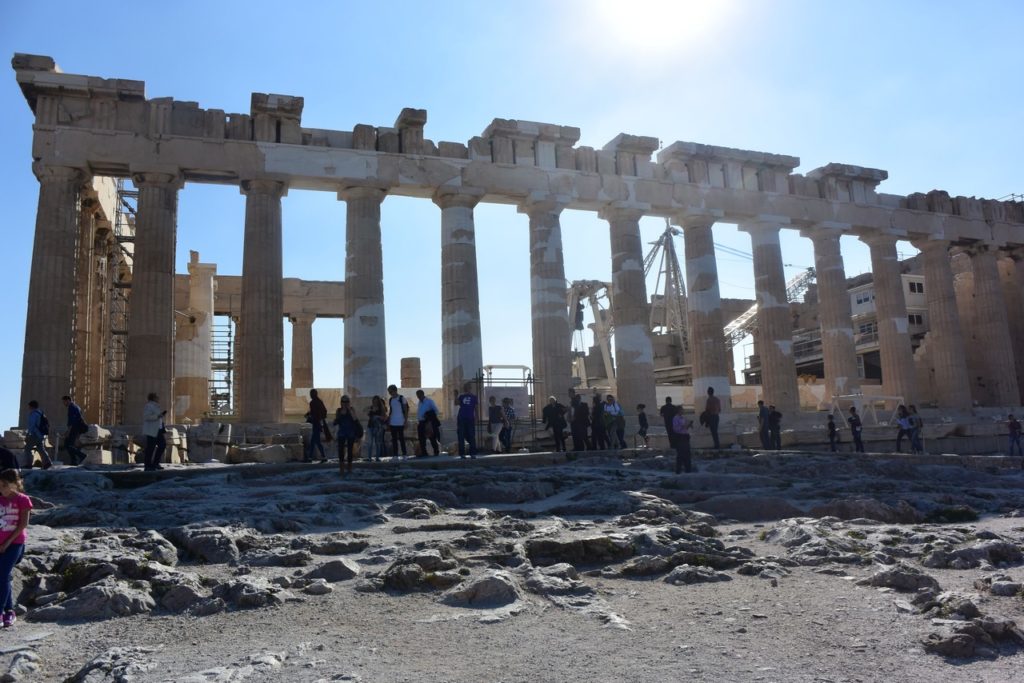
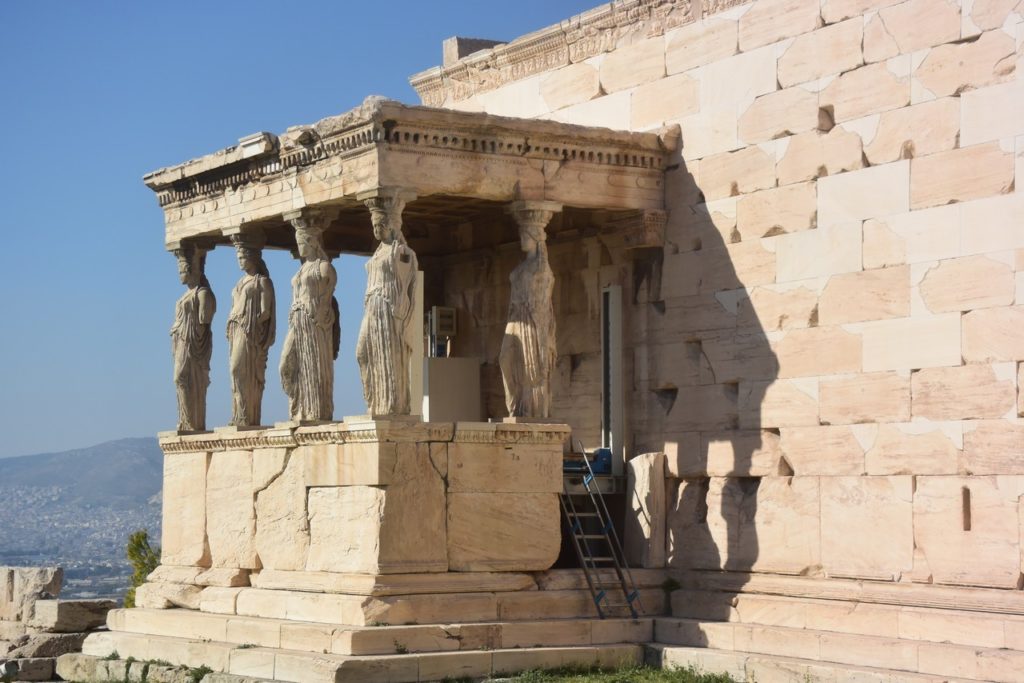
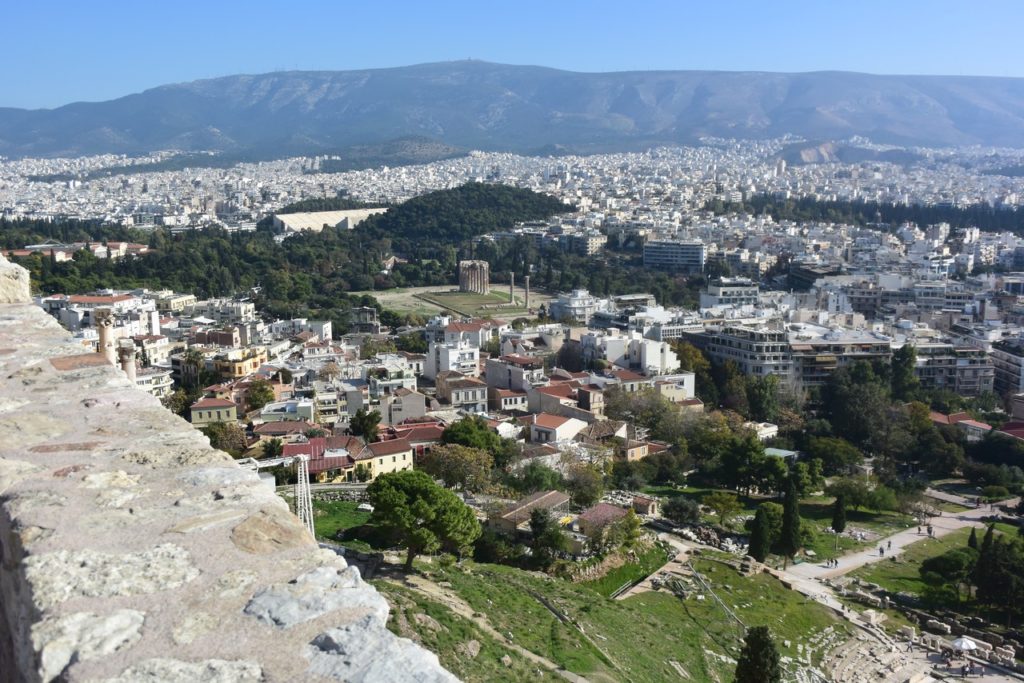
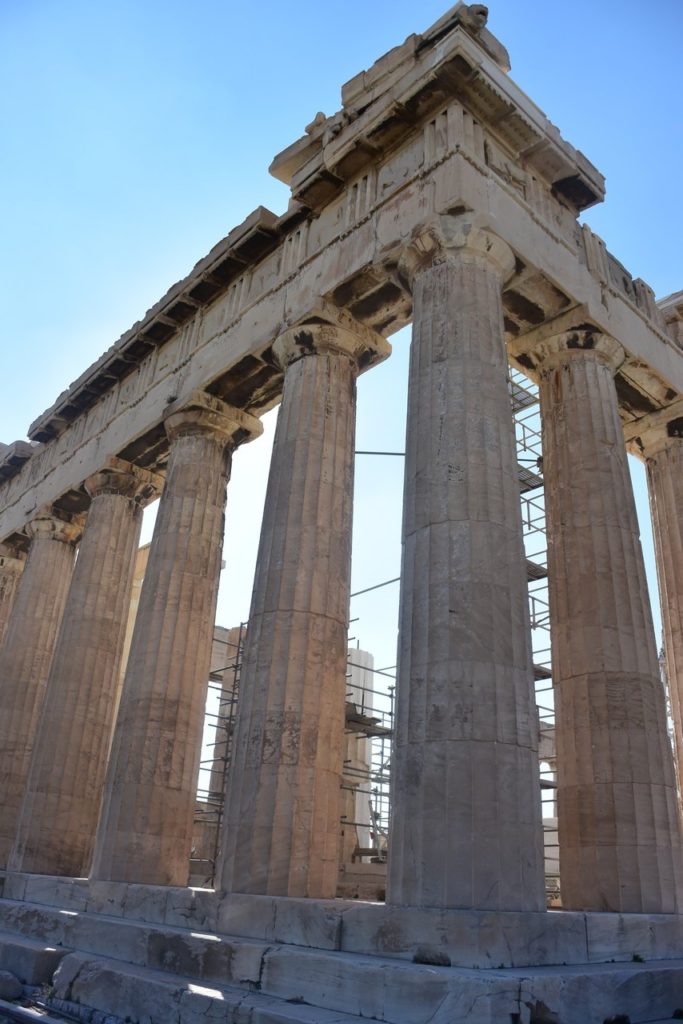
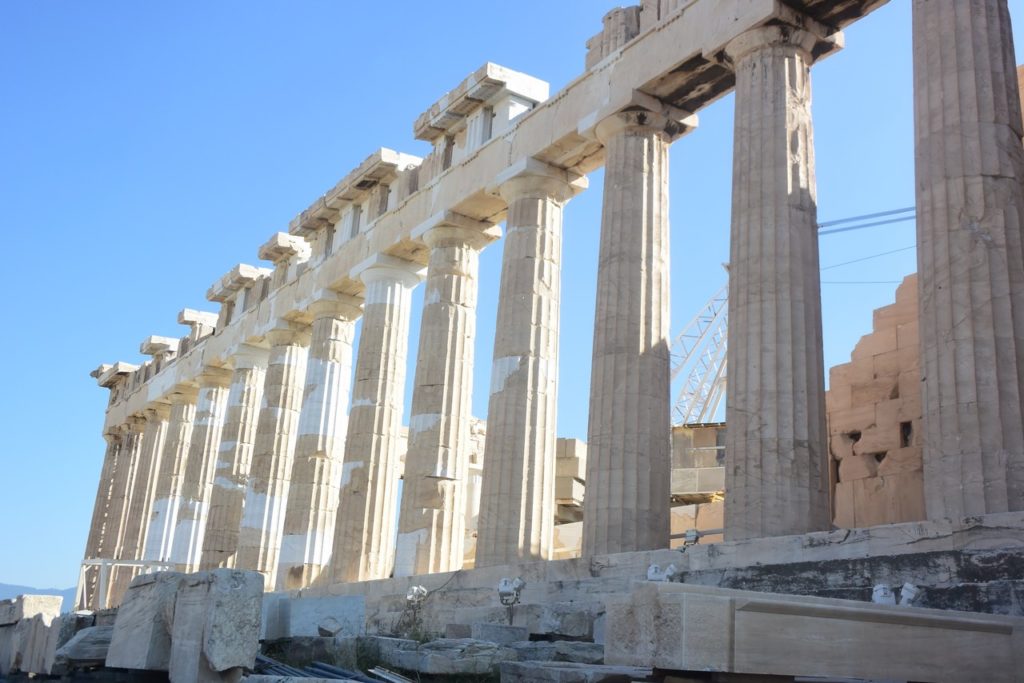
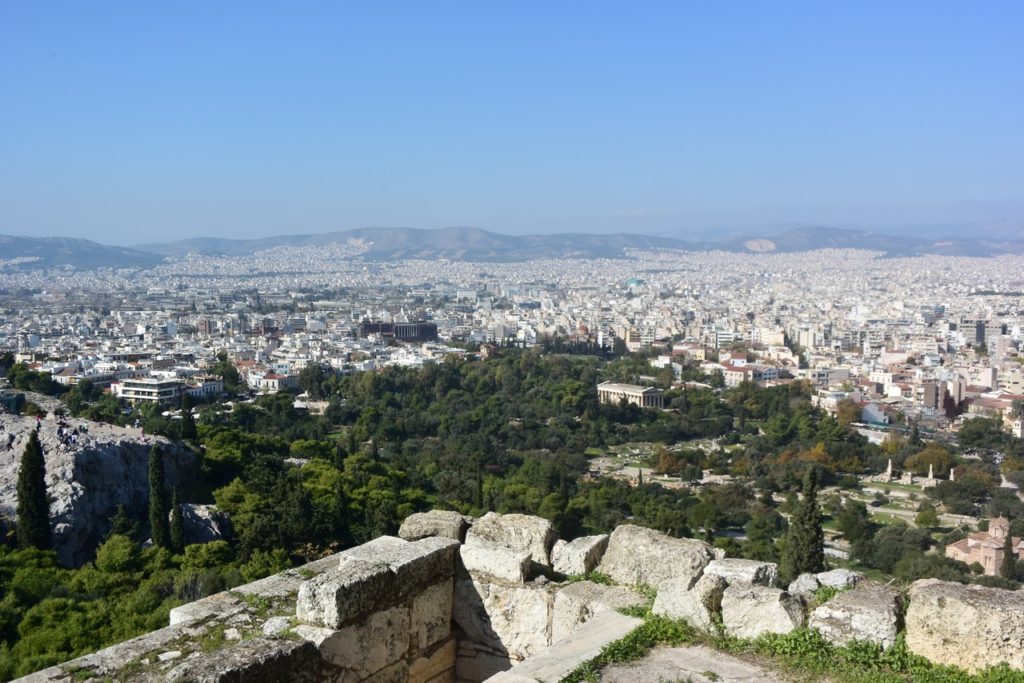
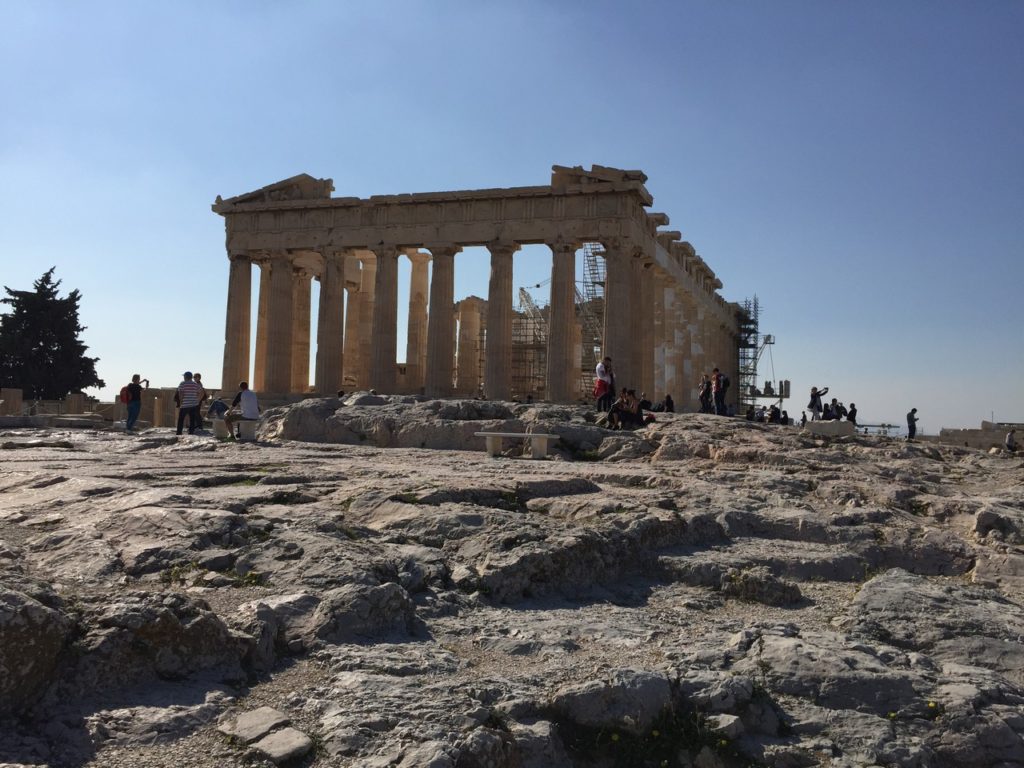
Cost
It costs 12 euros to get into the Acropolis which also includes access to the Temple of Olympian Zeus. Note the hours for the Acropolis. It closes at 3PM during the winter and 7:30 during the summer.
National Monuments
The Temple of Zeus
It’s easy to take for granted how impressive the Athenian architecture is because the historic landmarks are now surrounded by a busy city. On one side of the street, there is a coffee shop probably opened within the last few decades, on the other there is the Temple of Zeus constructed between 472 and 456 BCE.
The attention to detail, the longevity, and ingenuity of the structures are a testament to the greatness of the Greek Empire.
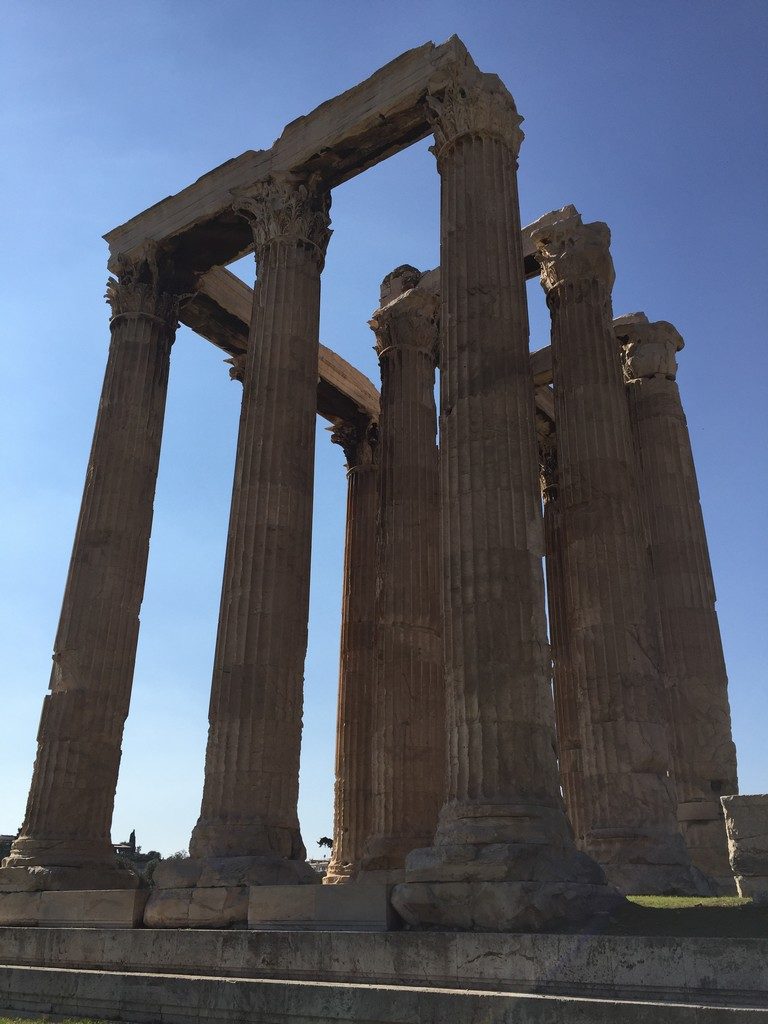
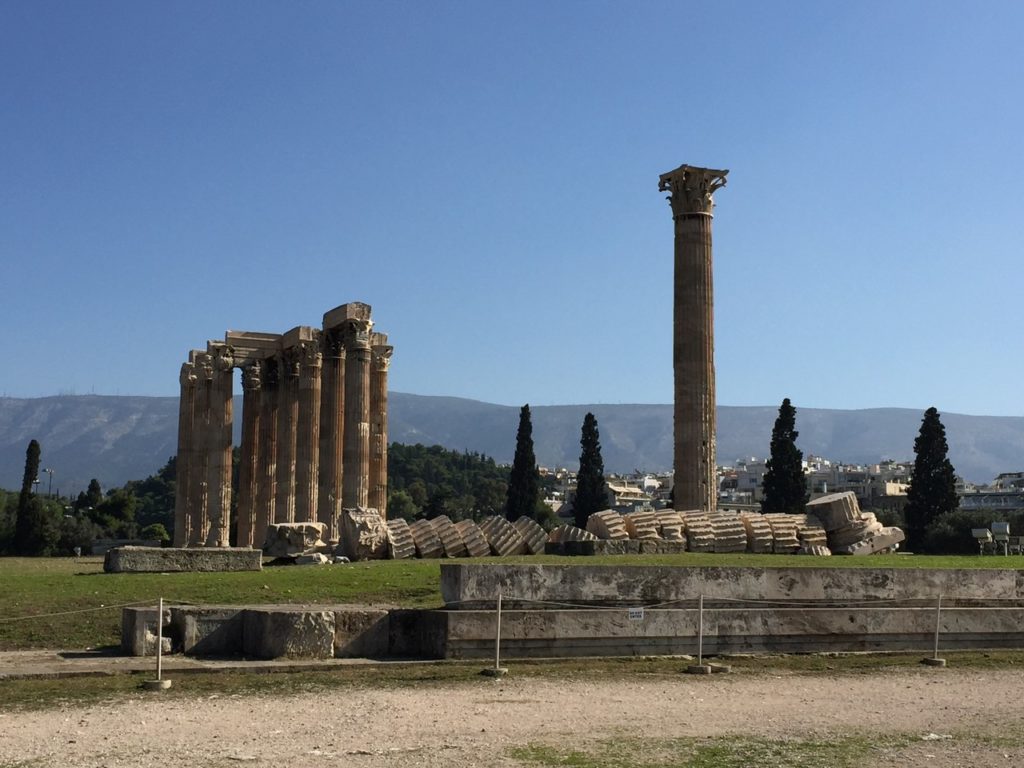
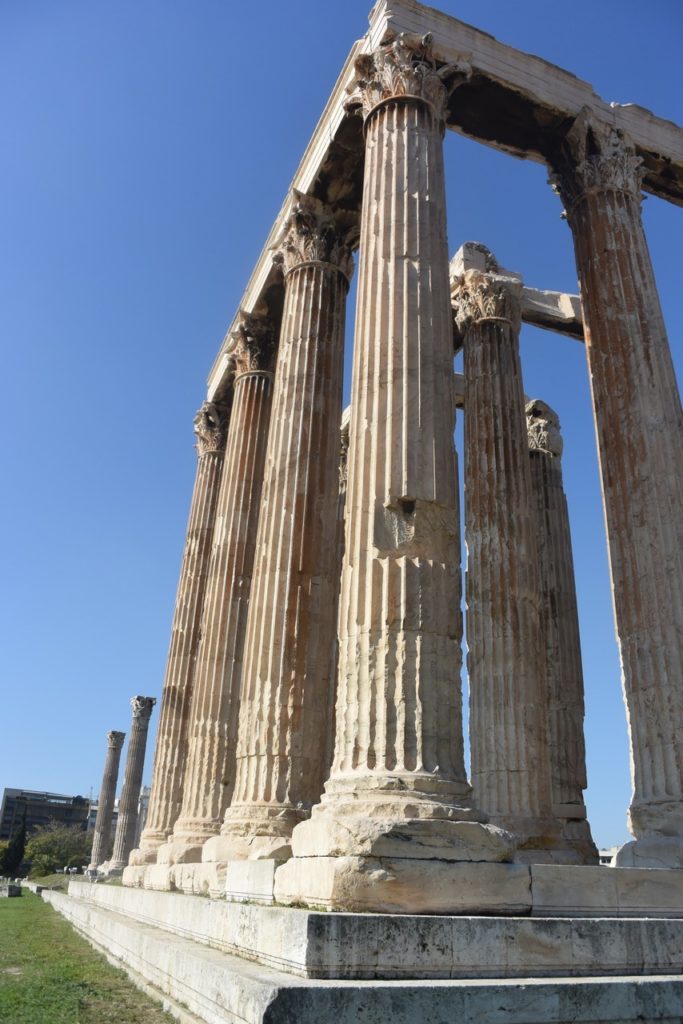
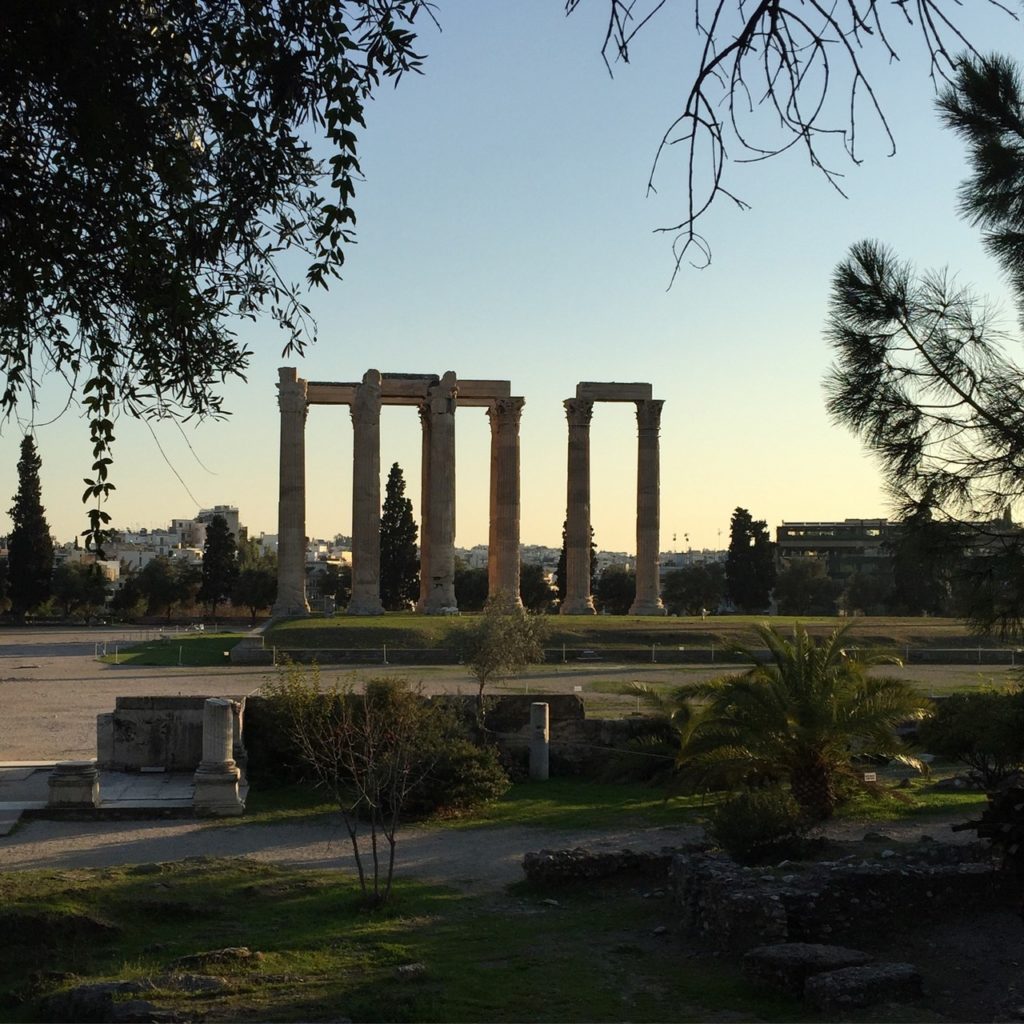
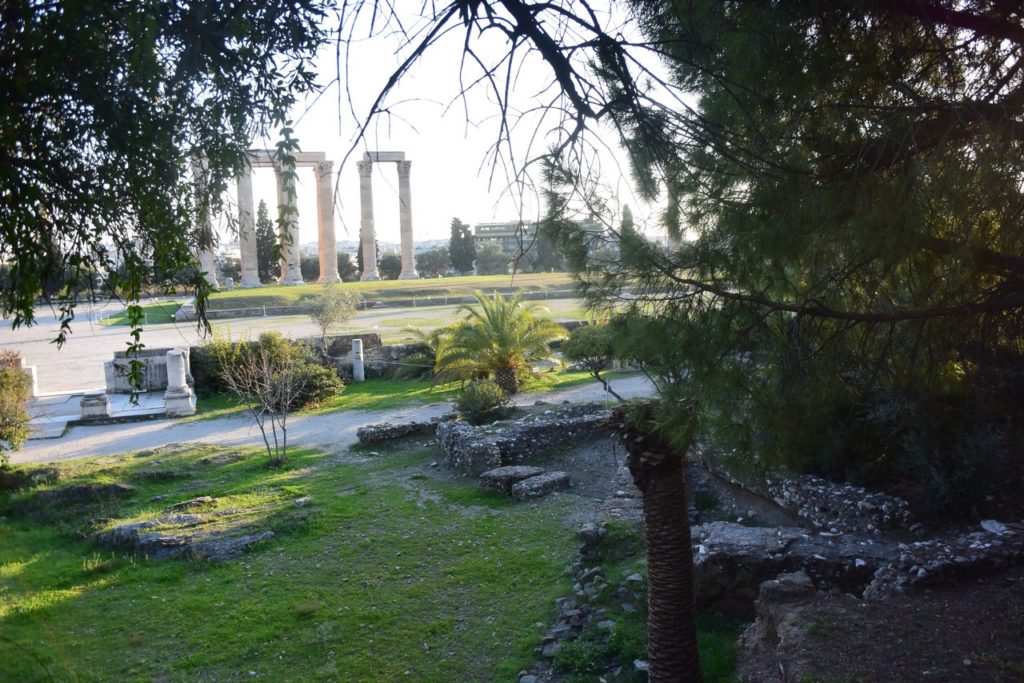
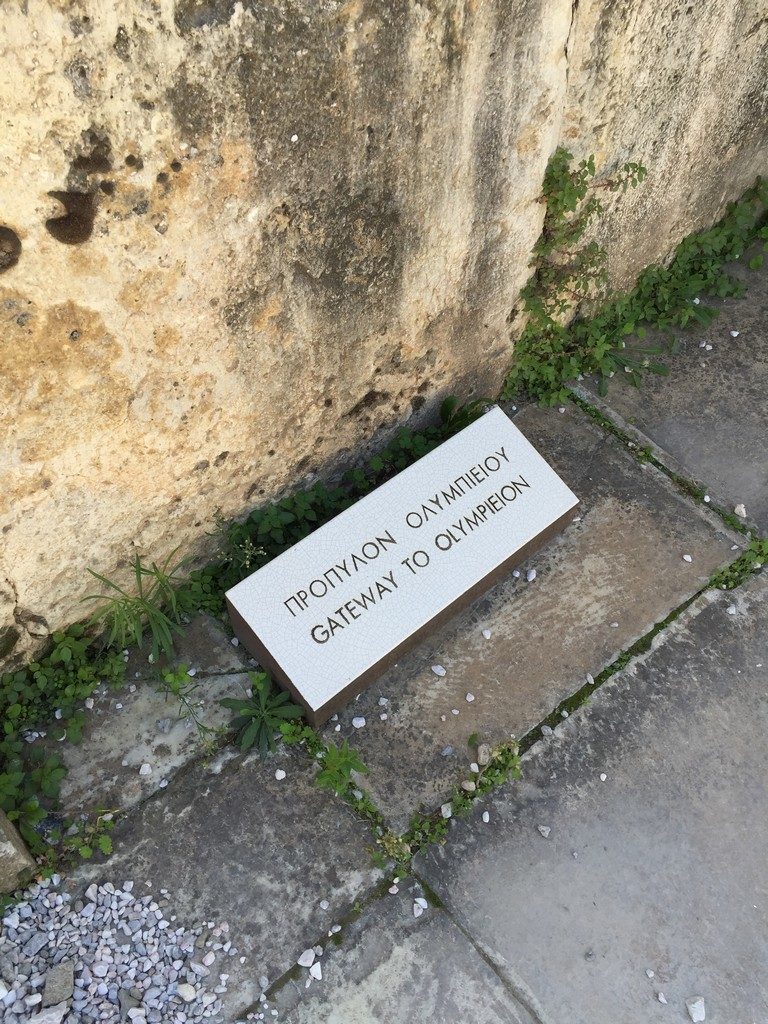
The Hellenic Parliament
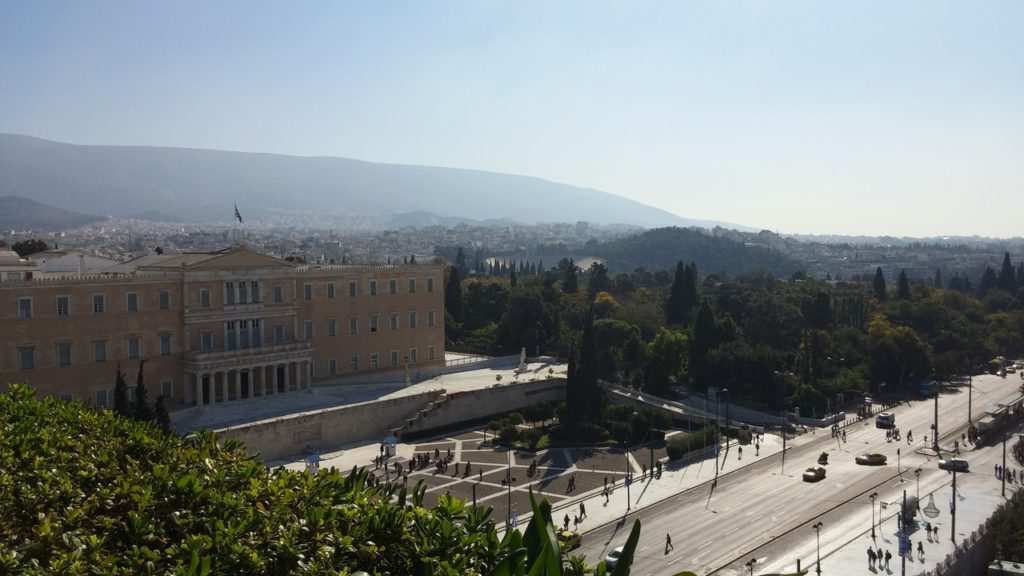
The Old Royal Palace is the first Royal Palace of modern Greece, completed in 1843. It has housed the Hellenic Parliament since 1934. (reference Wiki.)
The Parliament is located across from Syntagma Square which is adjacent to the King George Hotel. Every hour there is the Changing of the Guard Ceremony in front of the Tomb of the Unknown Soldier.
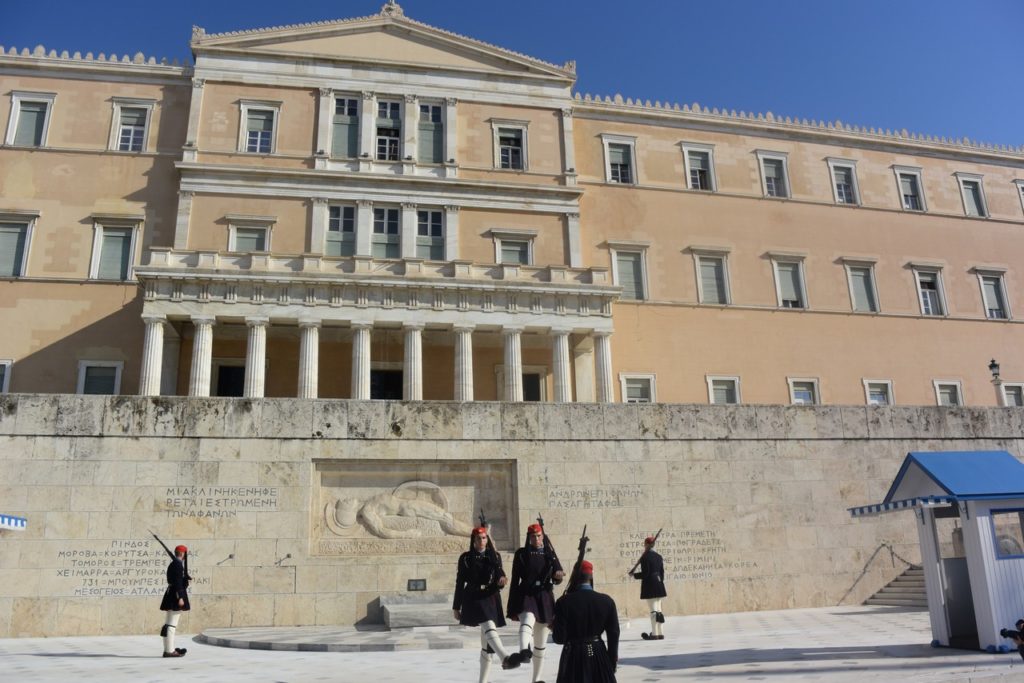
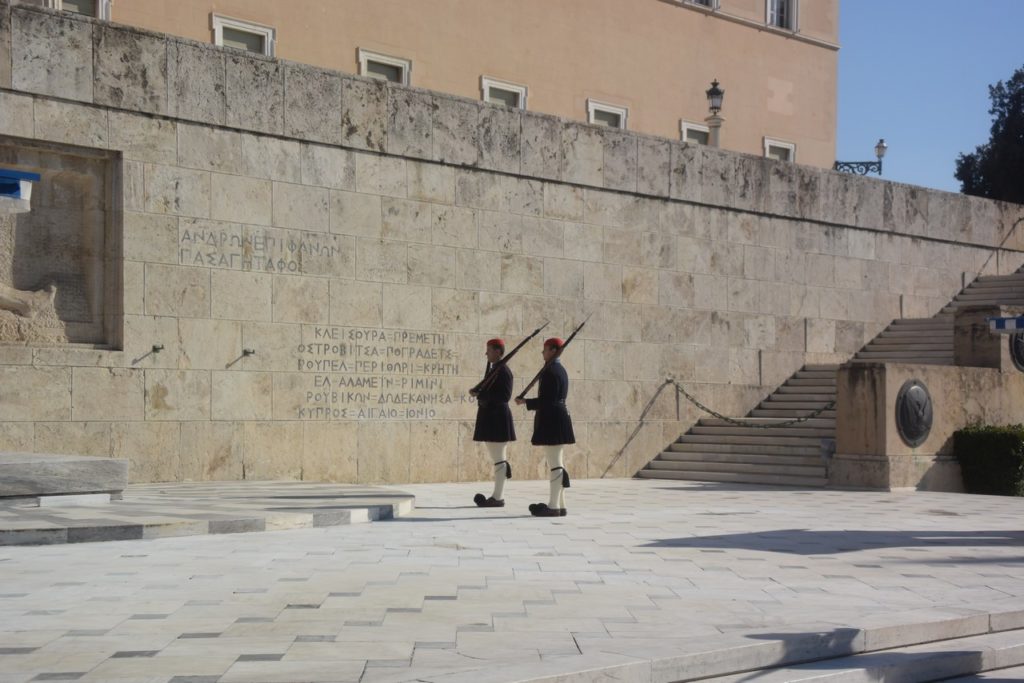
Syntagma Square
Syntagma Square is the central square of Athens. The Square is named after the Constitution that the first King of Greece Otto was obliged to grant, after a popular and military uprising on September 3, 1843. (reference Wiki.)
Today, Syntagma Square has new significance. It is the site of anti-austerity strikes which are a result of Greek’s controversial decision to remain in the EU and adapt severe spending cuts. Thousands have taken the square to protest, resulting in riots and clashes with the police. Indeed only days after the marathon on November 8th, 2015, there were more riots right outside of my hotel.
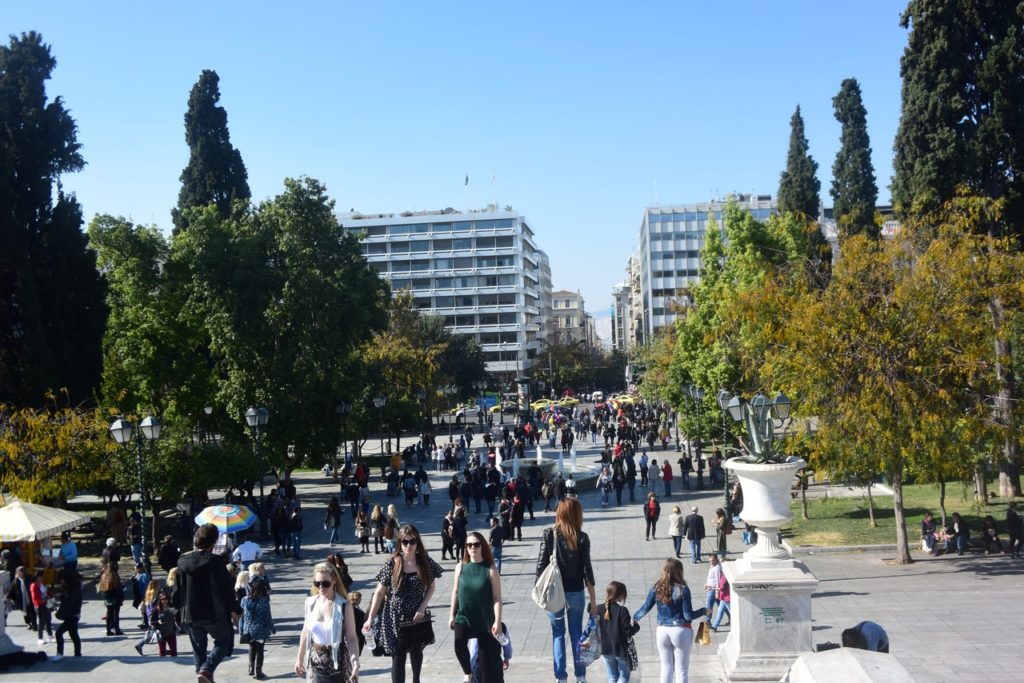
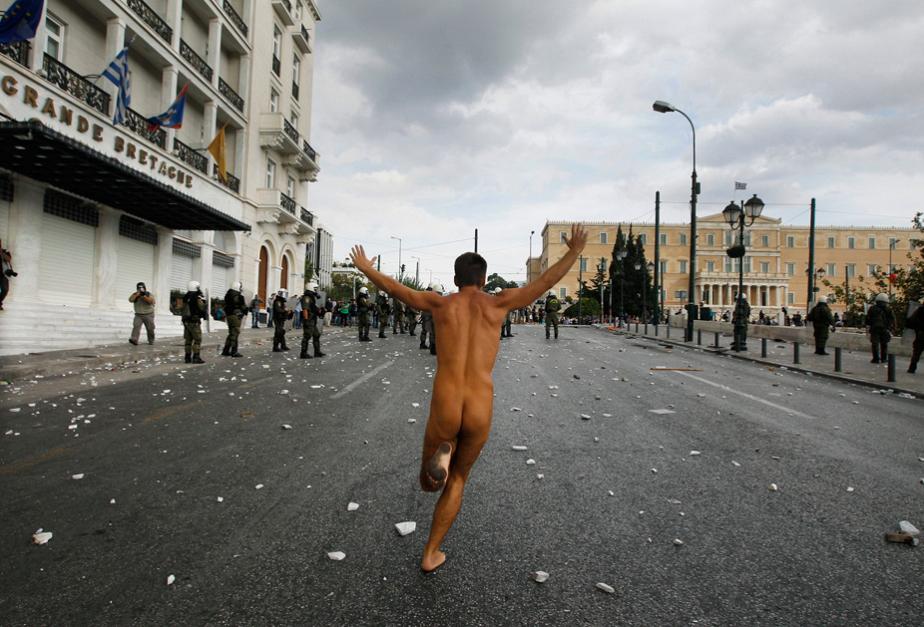
Panathenaic Stadium
Panathenaic Stadium held the first modern Olympic Games in 1896. It is one of the oldest stadiums in the world and was the finish line for the Athens Marathon.
In 329 BC it was rebuilt in marble by the archon Lycurgus and in 140 AD was enlarged and renovated by Herodes Atticus, giving a seated capacity of 50,000. (reference Wiki.)
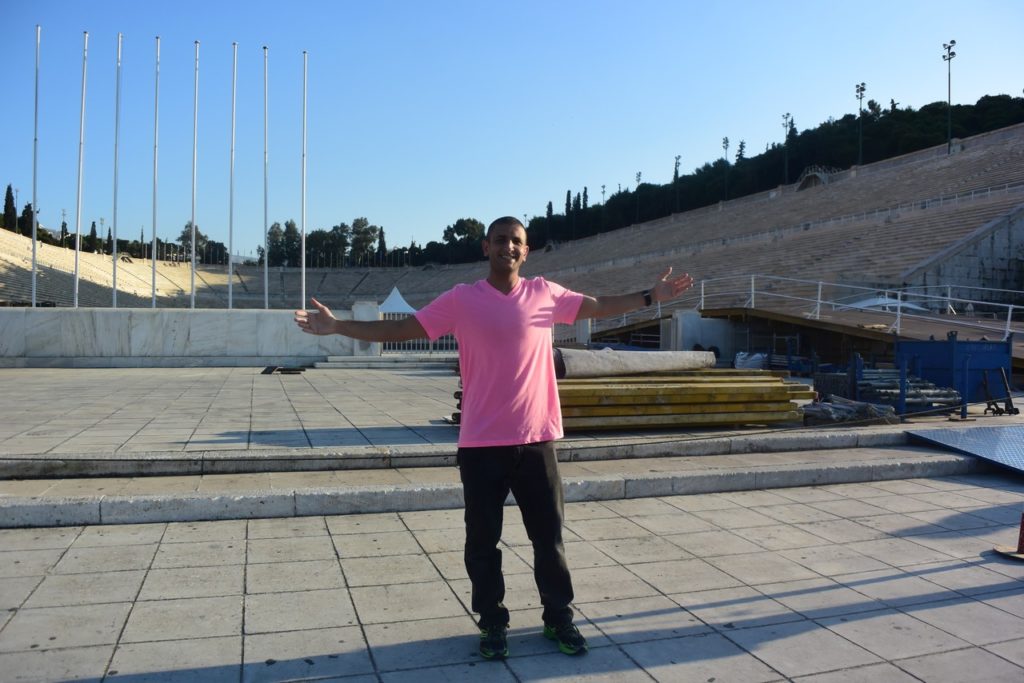
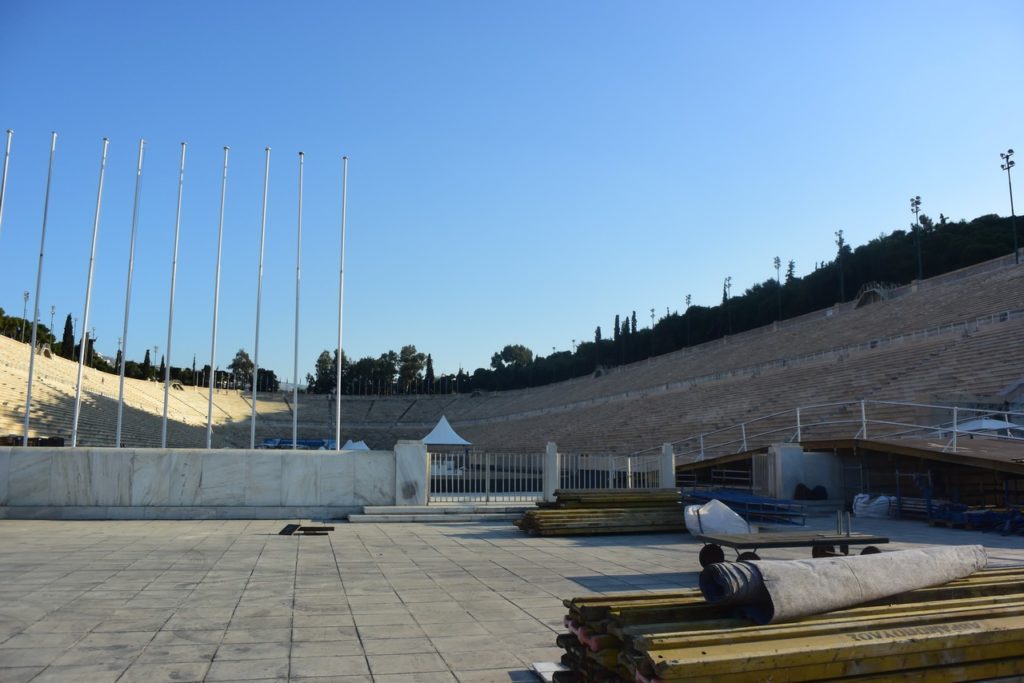
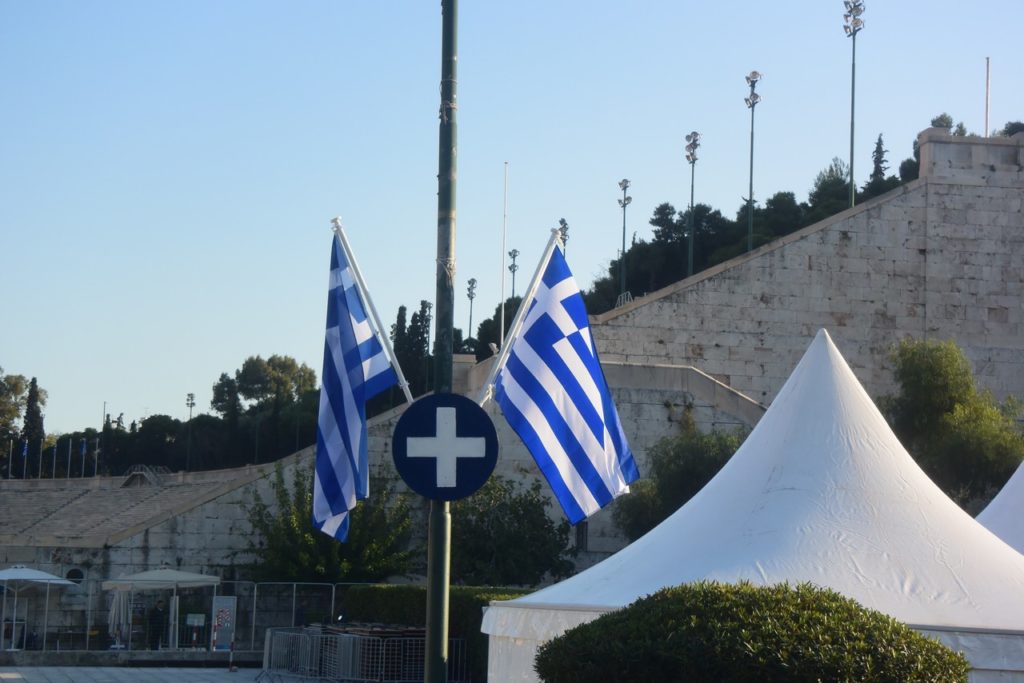
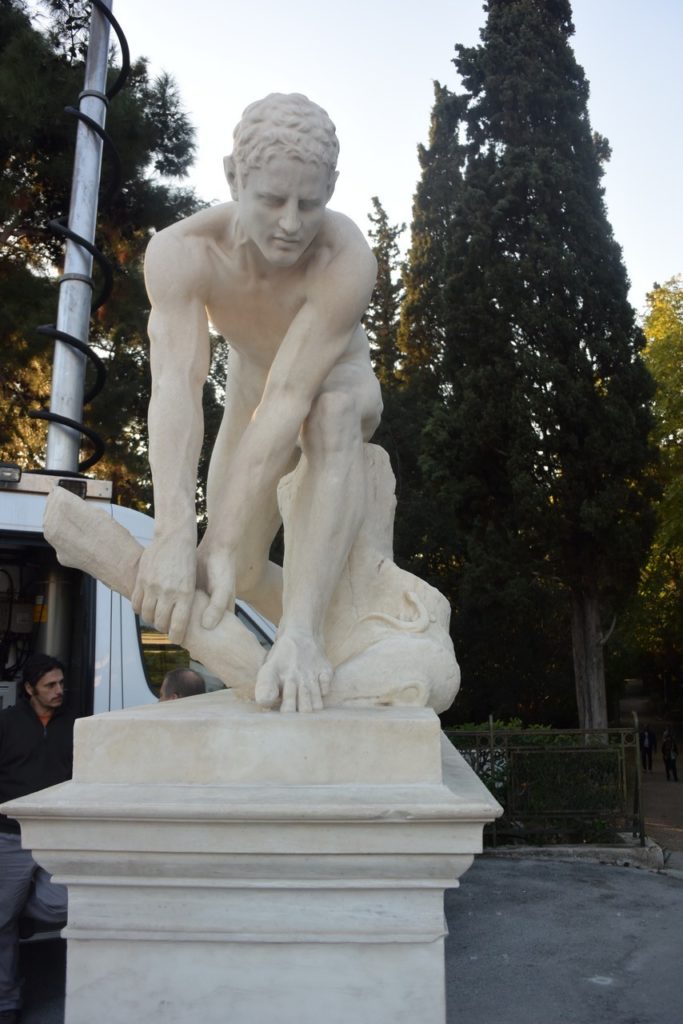
Gyros Tour
Seeing all of Greek’s architectural marvels and taking the time to read about all of them on Wikipedia is exhausting. After a busy day of being a responsible tourist, it is time to go on a Gyros Tour, which is the most delicious part of Greek culture.

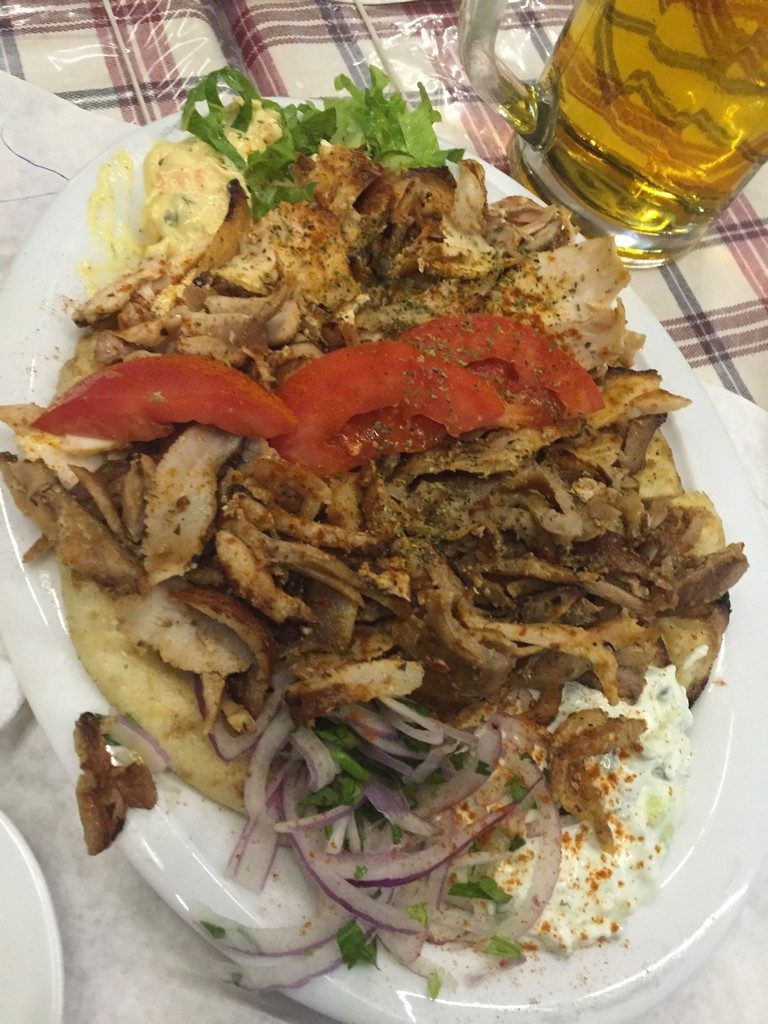
Plaka
Plaka is an old neighborhood in Athens located right off of Syntagma Square. There are many restaurants, gyro parlors, and coffee shops to enjoy. Unfortunately, there is also a McDonald’s and H&M which mars the cultural purity of the neighborhood.
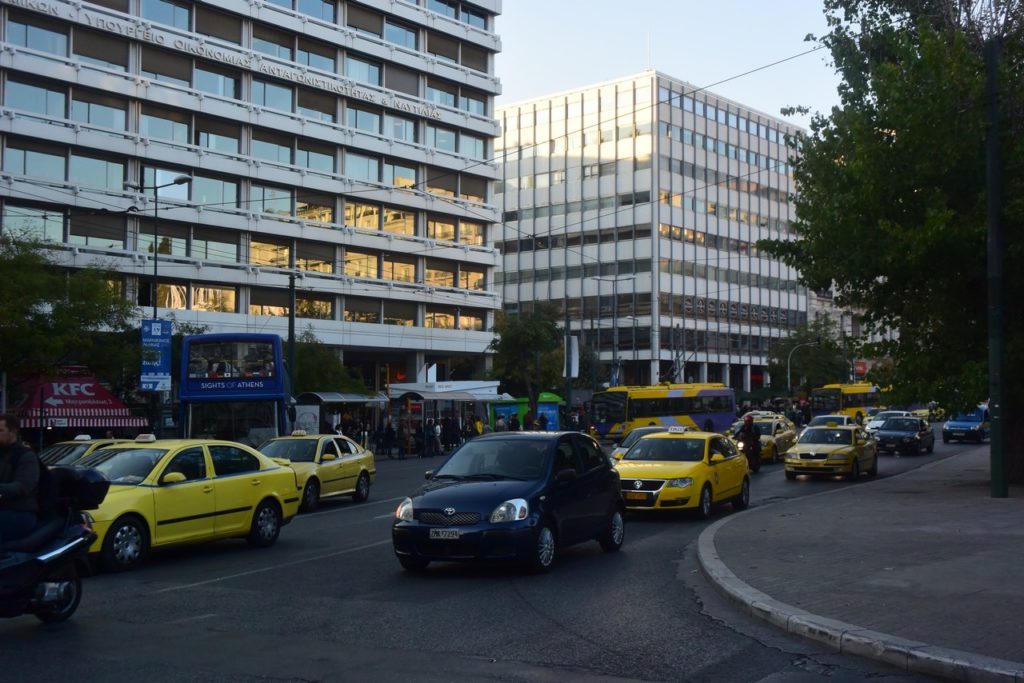
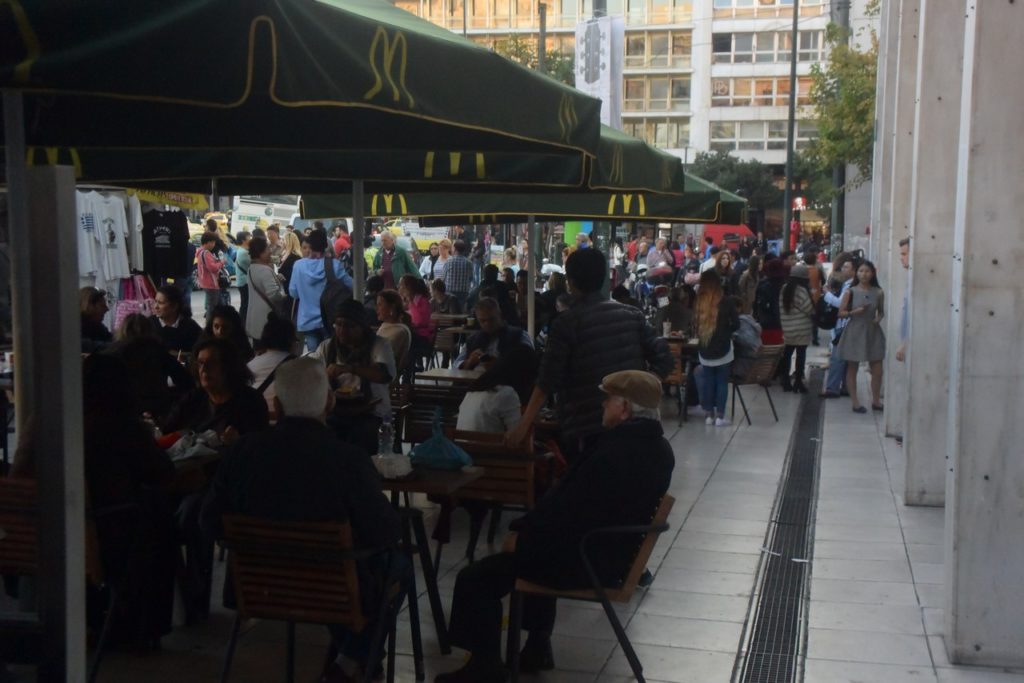
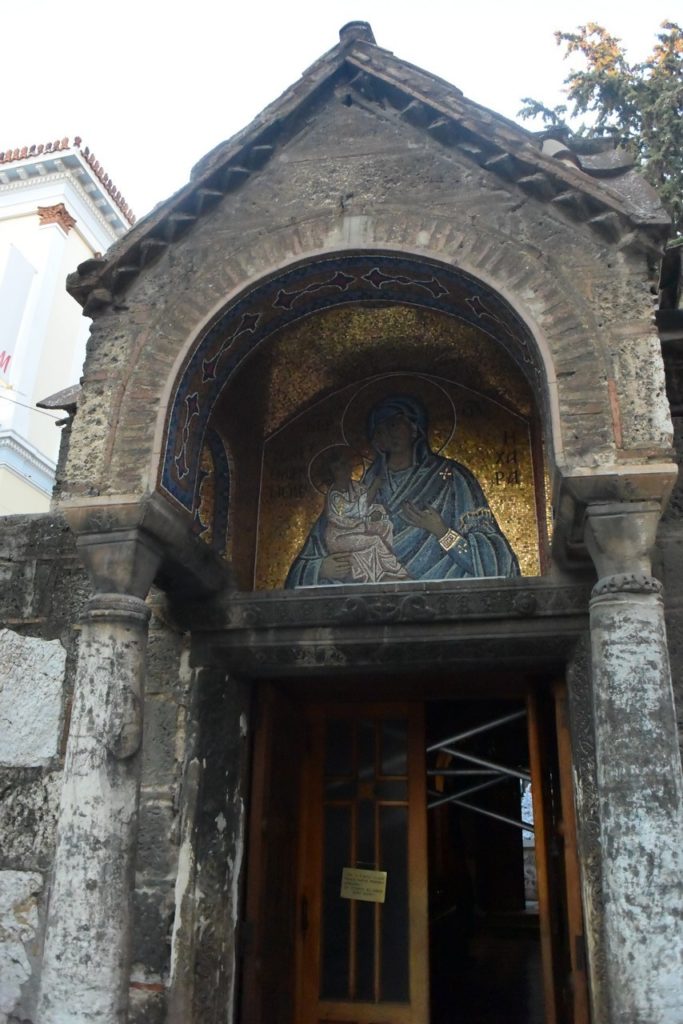
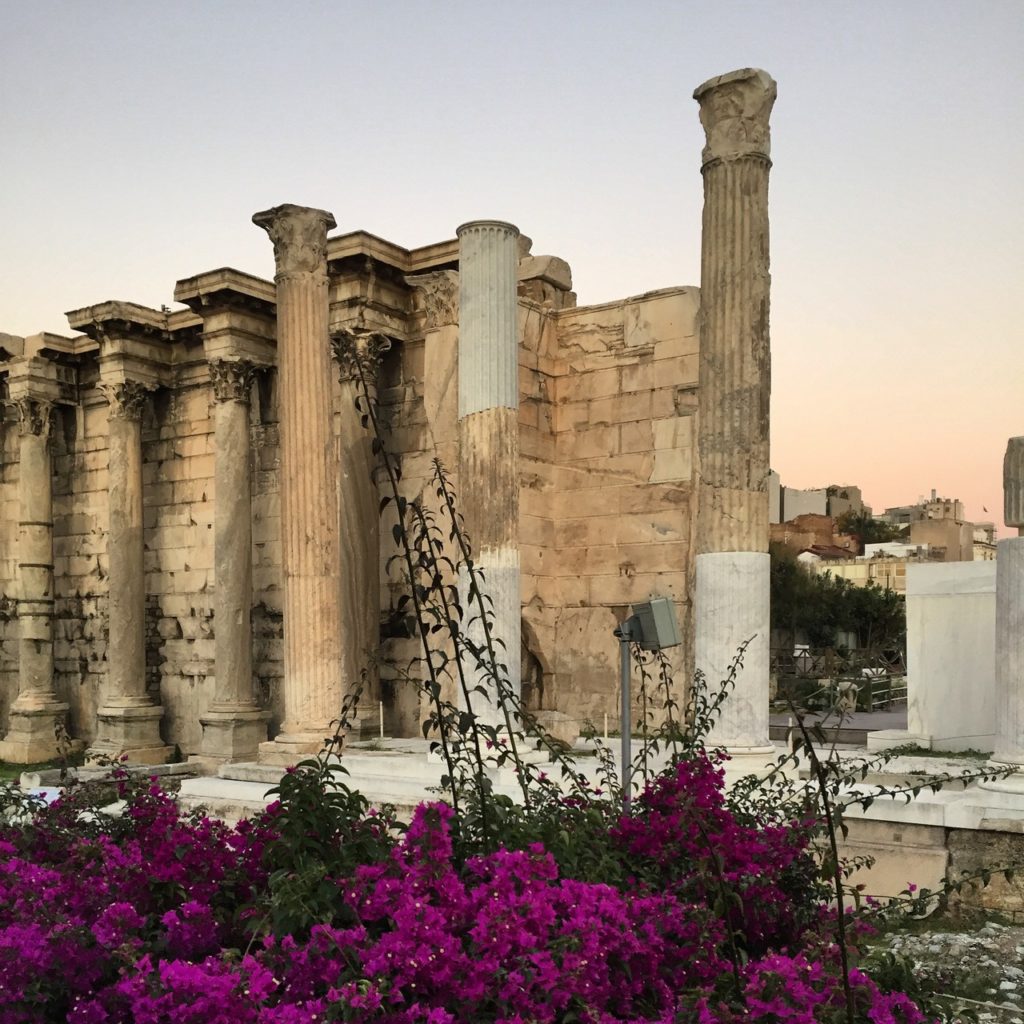
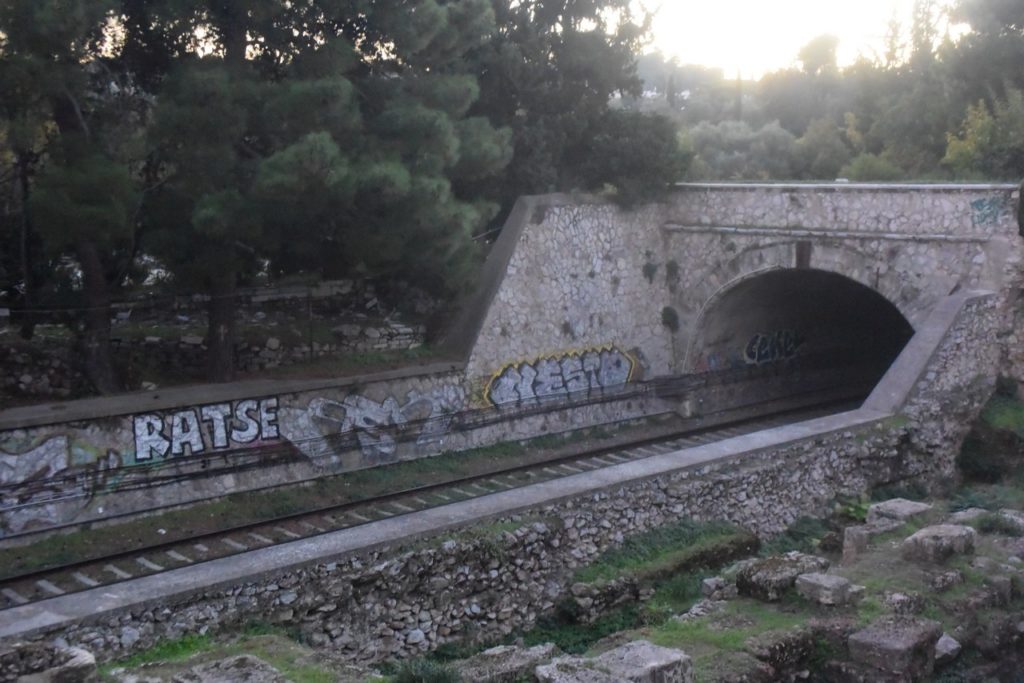
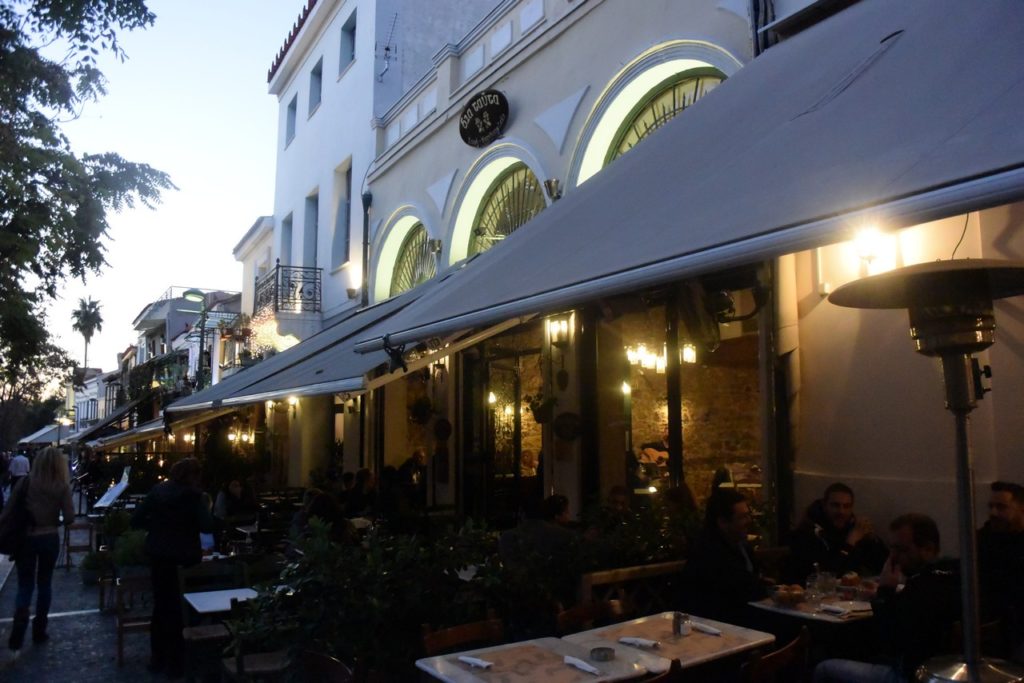
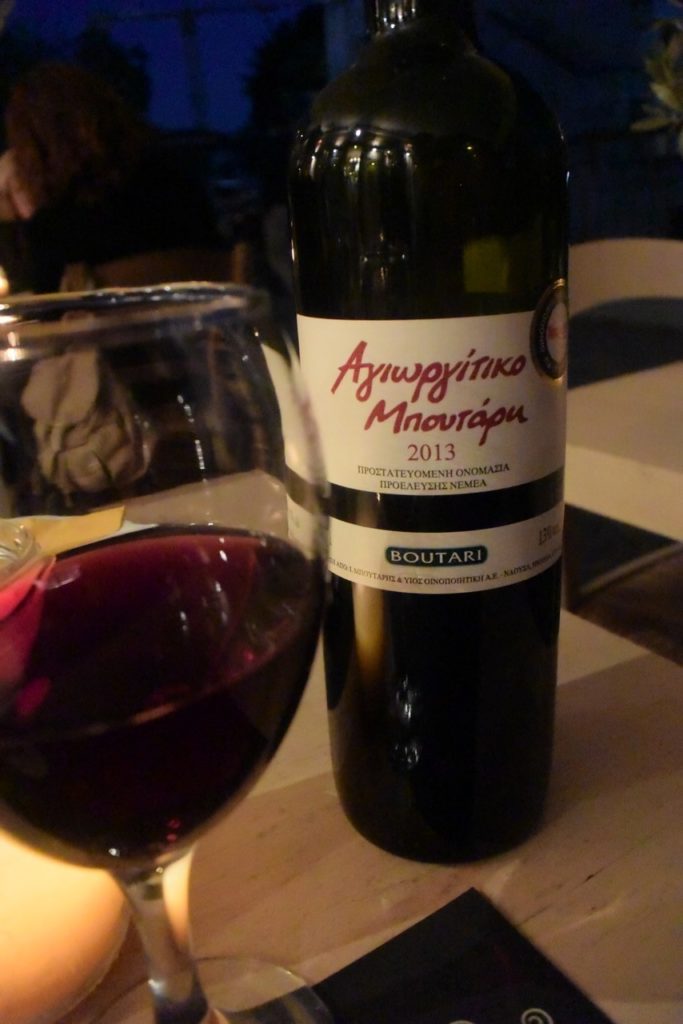
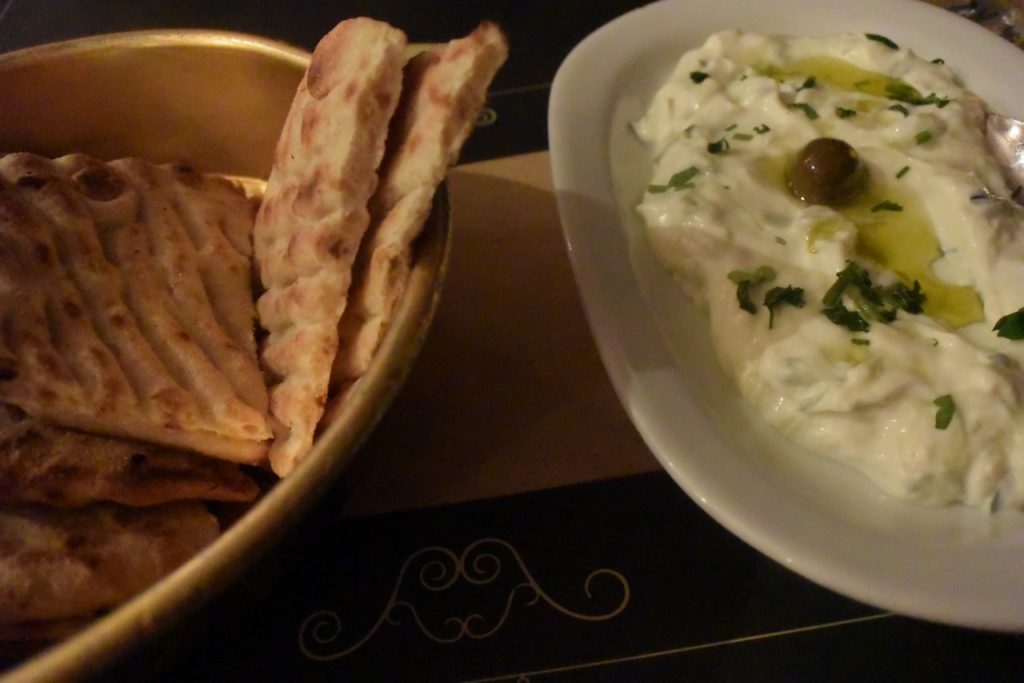
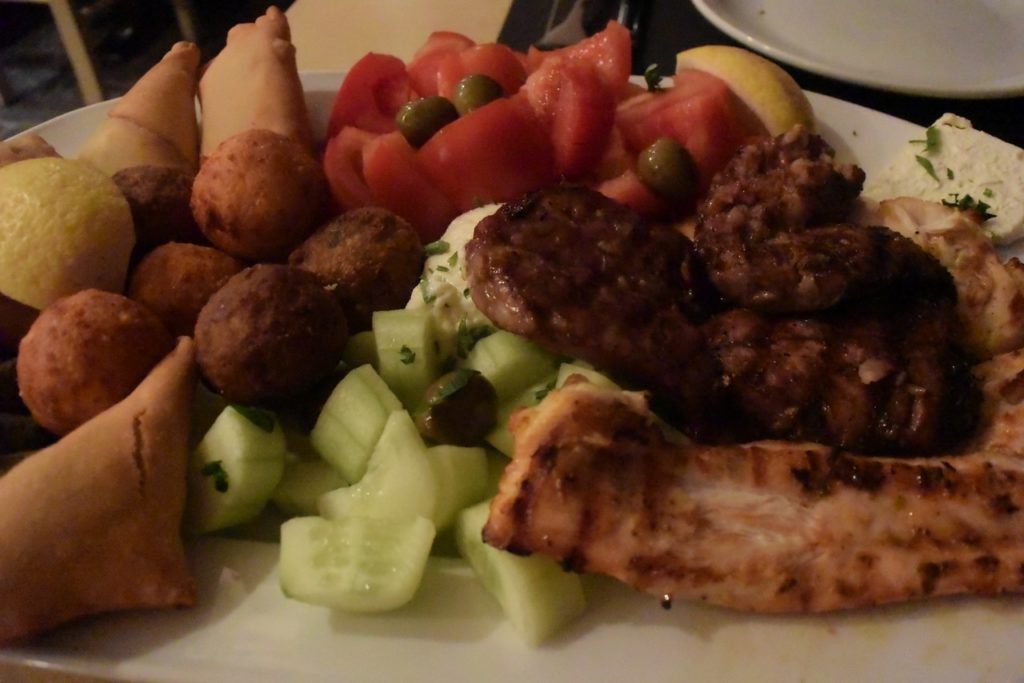
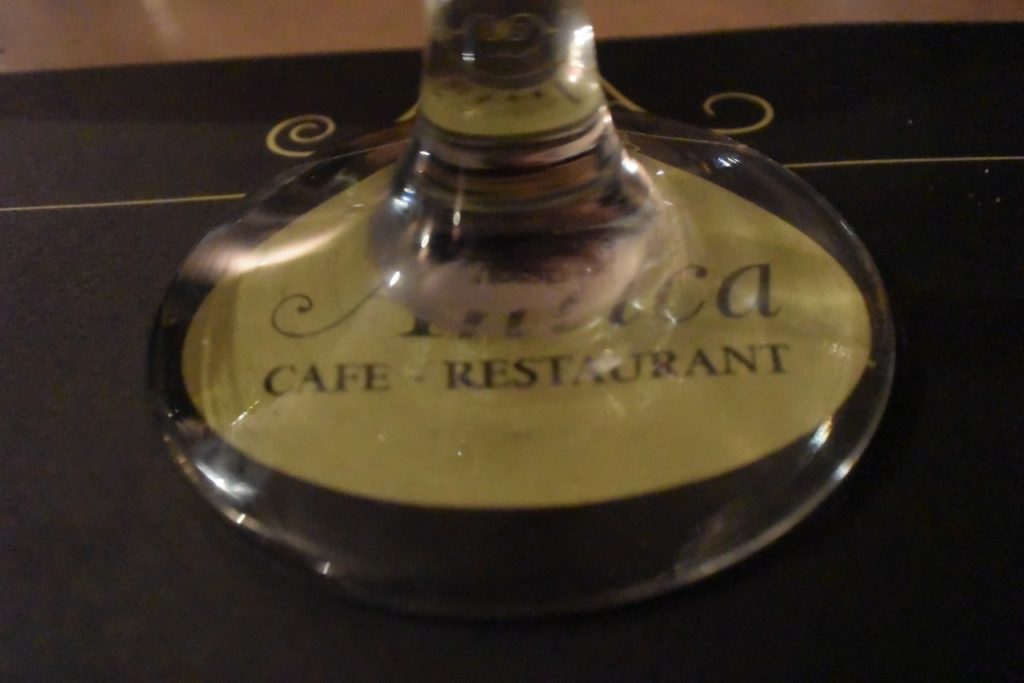
Monastiraki
Monastiraki is the flea market neighborhood next to Plaka. Though there are some quality items of great craftsmanship, a large portion of it is stores filled with counterfeit bags, useless trinkets, and opportunistic salesmen.

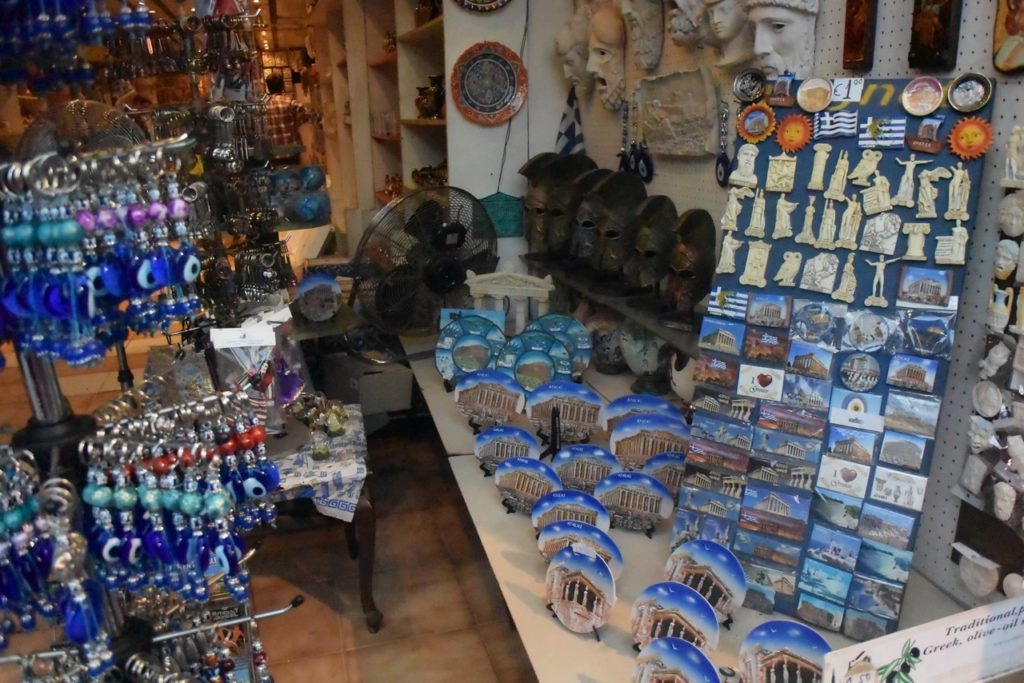
National Gardens
A tranquil escape from Athens is the National Gardens which is located right next to the city center.
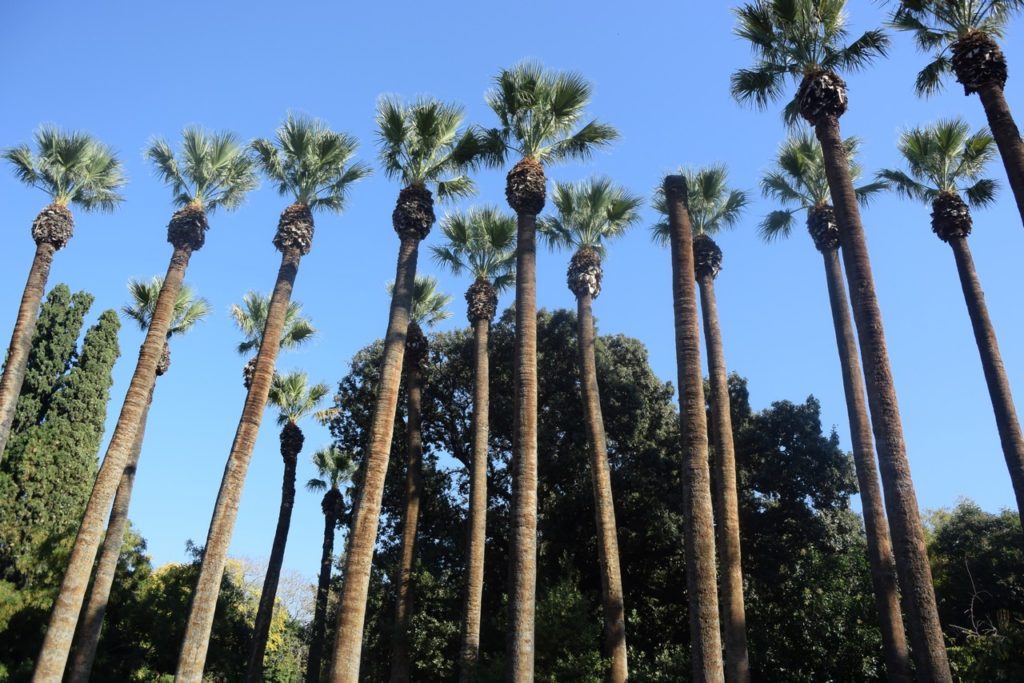
Aigeli
Aigeli is a cafe within the National Gardens and a great place to relax and have an espresso while talking politics with locals.
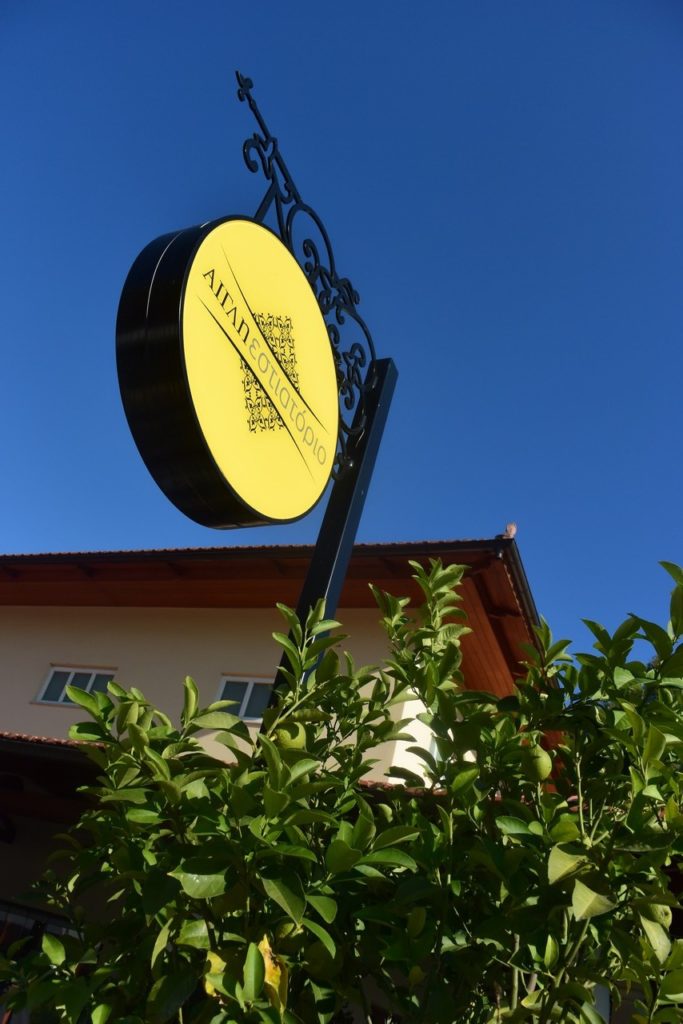
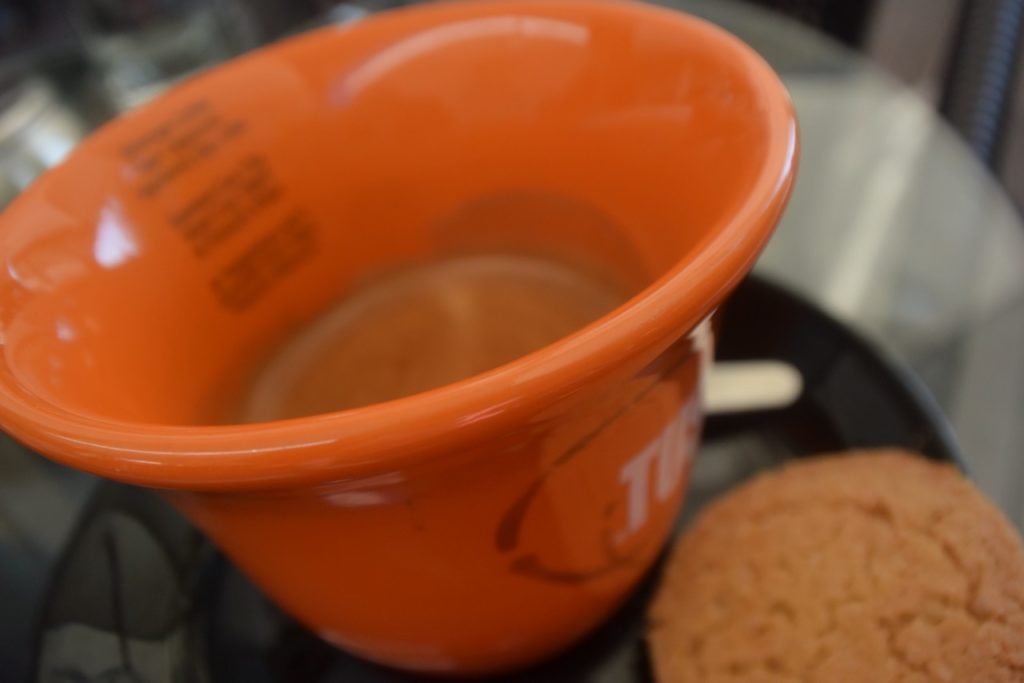
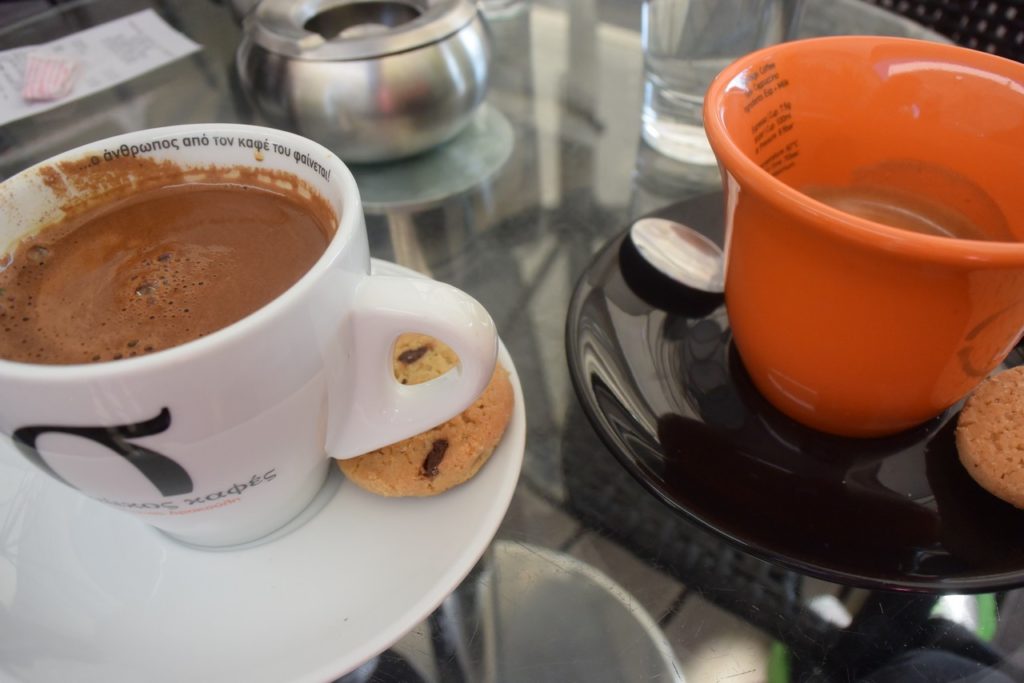
The King George Hotel
The historical landmarks described within this travel guide is only steps away from one of the best hotels in the world, The King George Hotel. After finishing the marathon, nothing was better than getting a bag of gyros and returning back to the peace of this hotel.
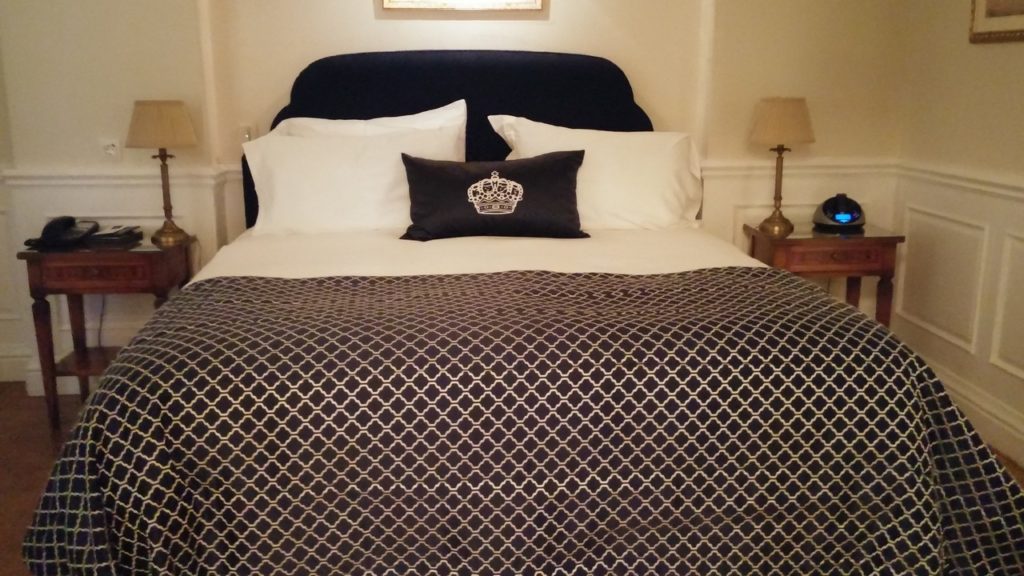
Conclusion
Everything I saw in Athens was centered around Syntagma Square as well as the 26.2 miles route to Athens. It would have been nice to leave the city and go to the countryside for wine tasting but running the marathon made doing so impossible.
While I enjoyed my time in Athens, I expected it to be more lively. Instead, I found a city that lacked energy. It felt like the people were worn out from the emotion of dealing with the uncertainty from the financial crisis. I wish I could say I was hopeful about the future of Greece but given the government’s actions, I do not see how the situation will improve. I am of the mindset that Greece should stand up to Germany, default on their loans, leave the EU, and retain their autonomy. That, I believe, is what the ancient Greeks would have done.
